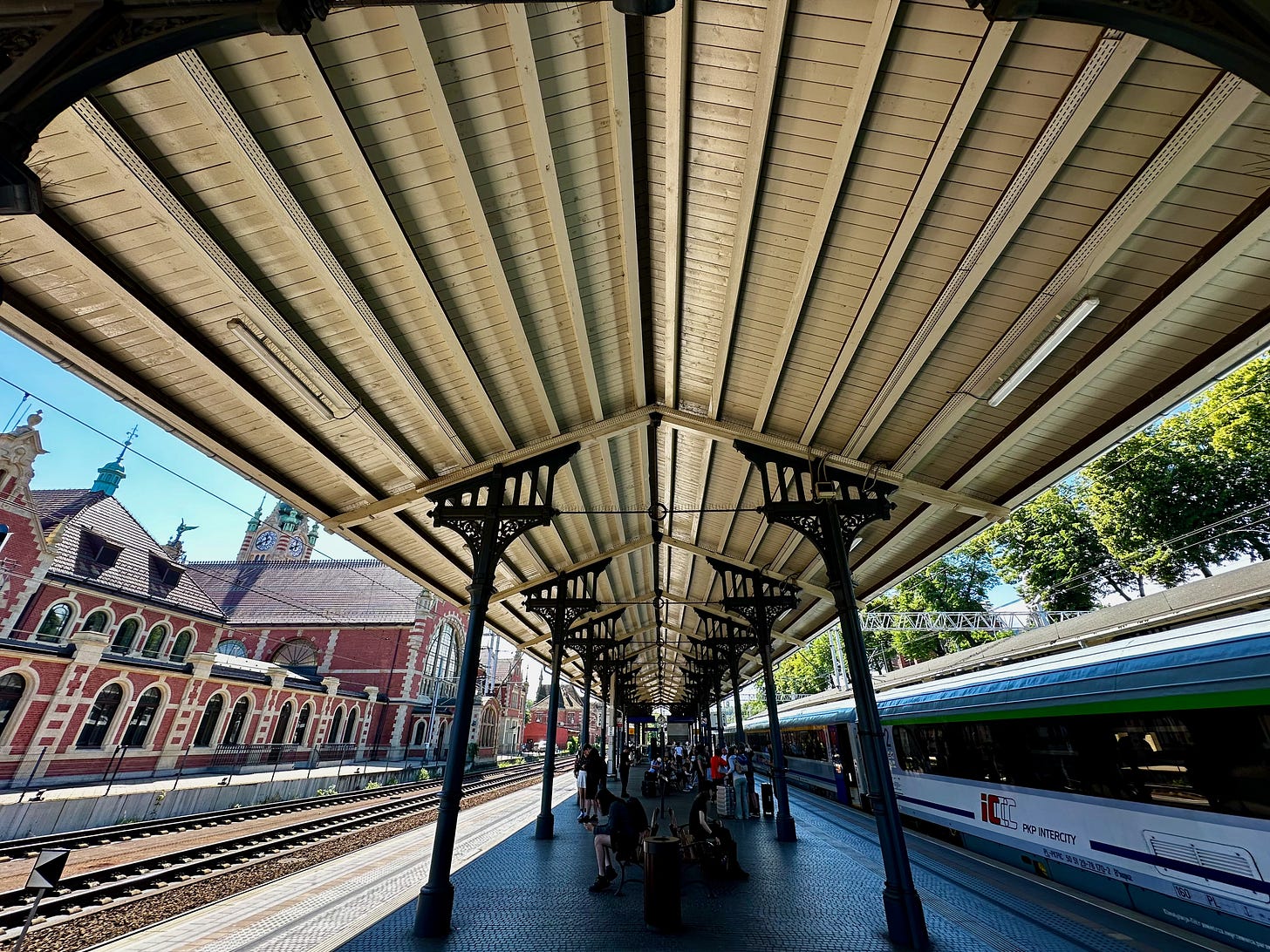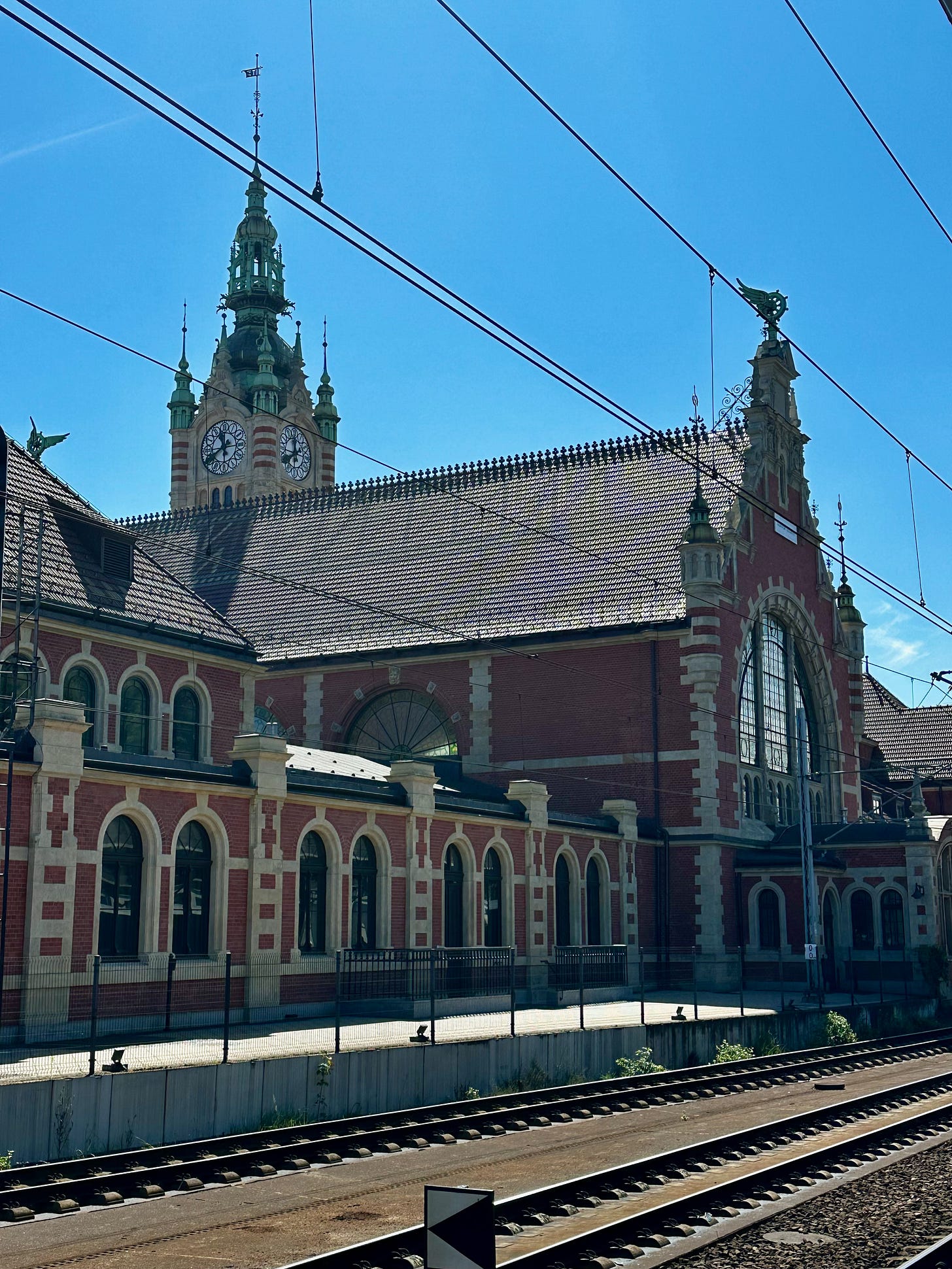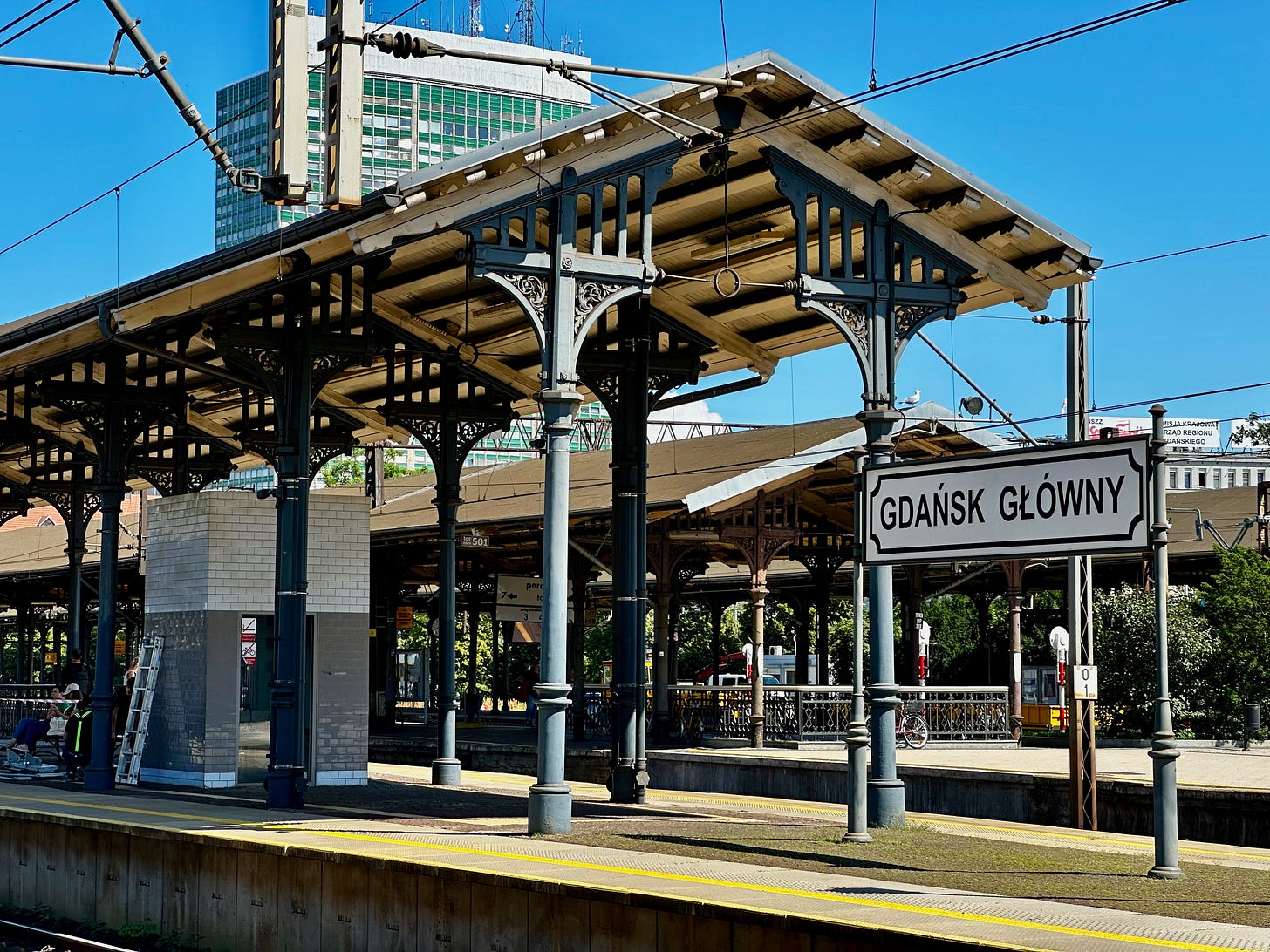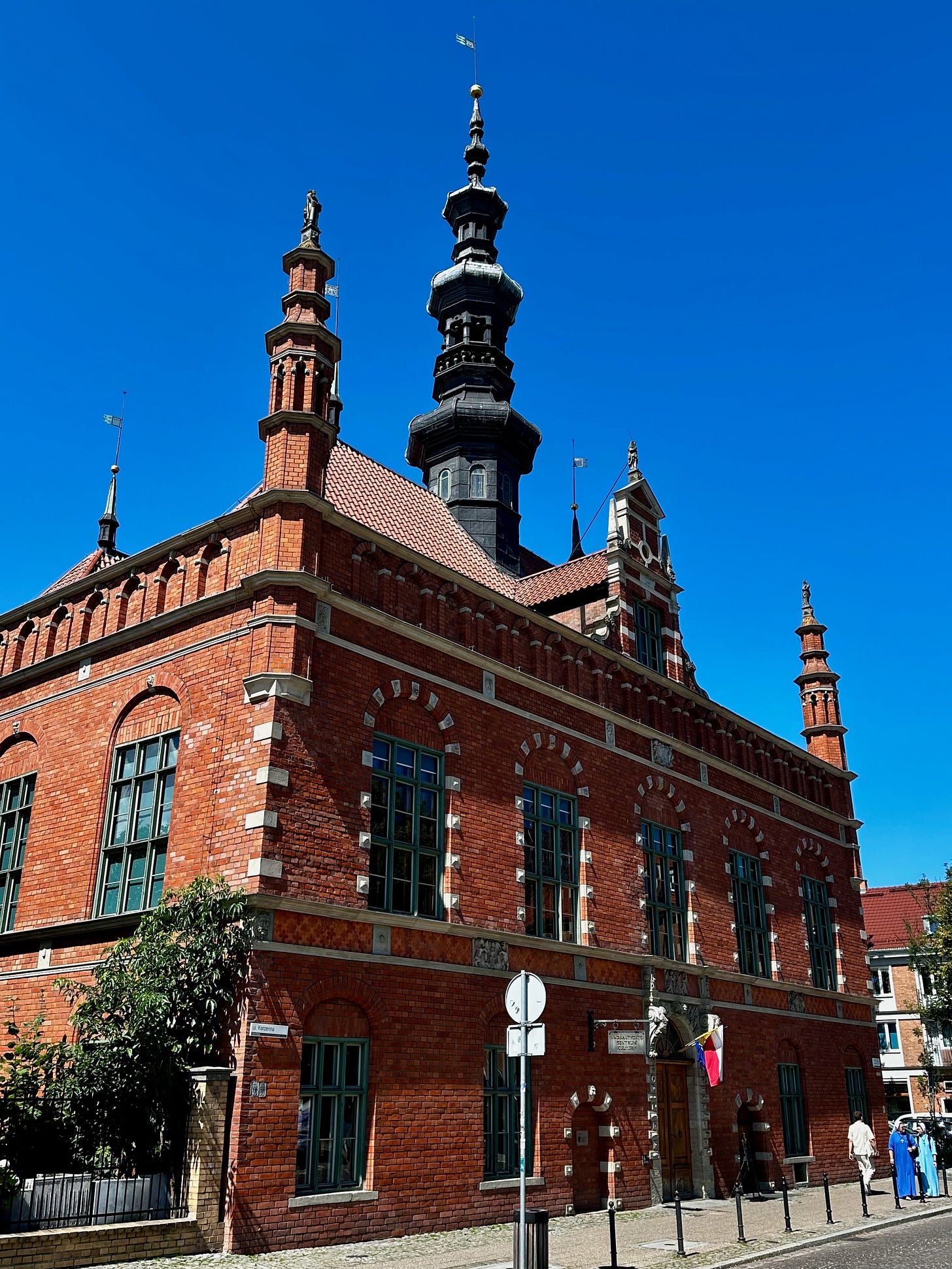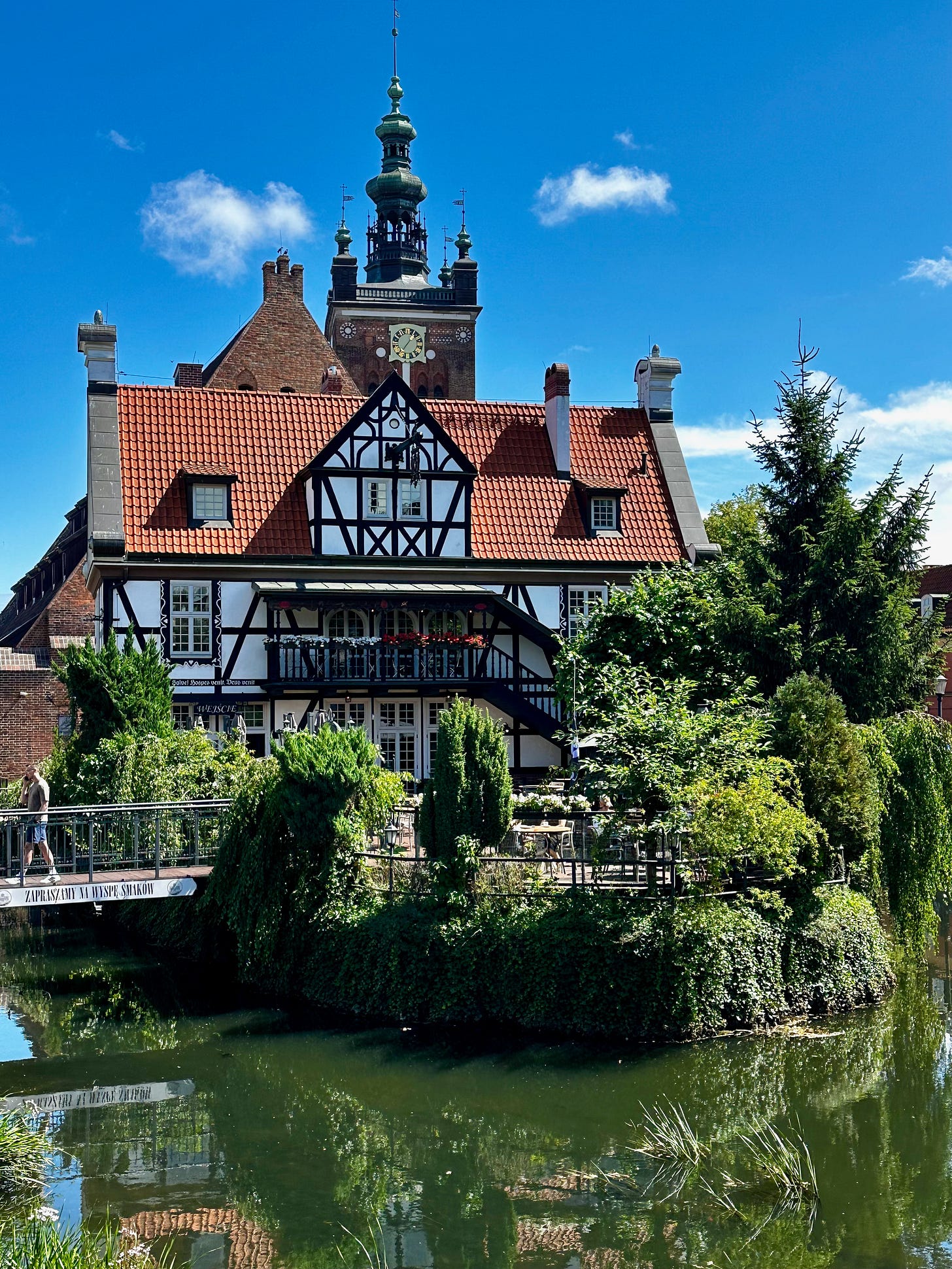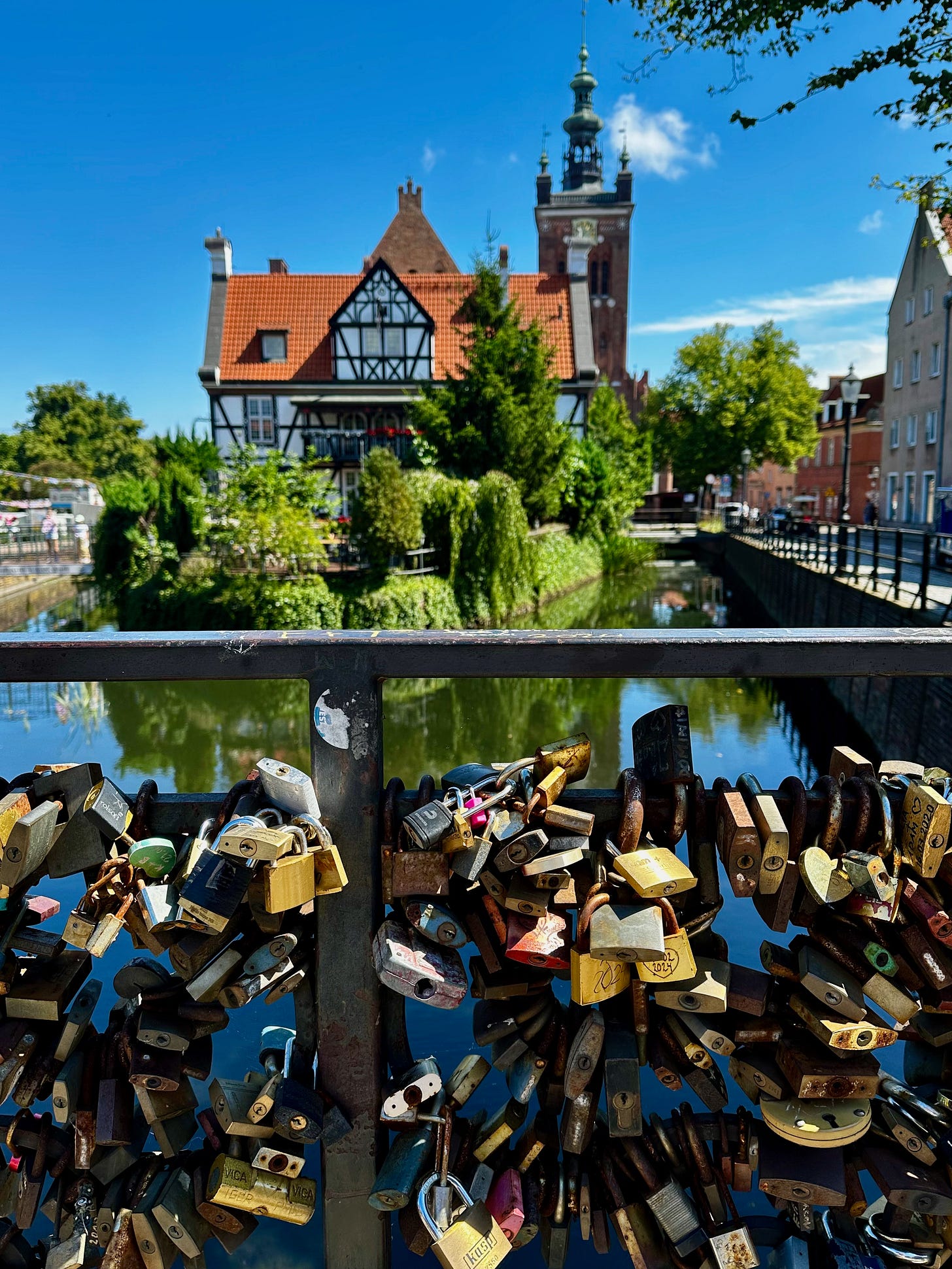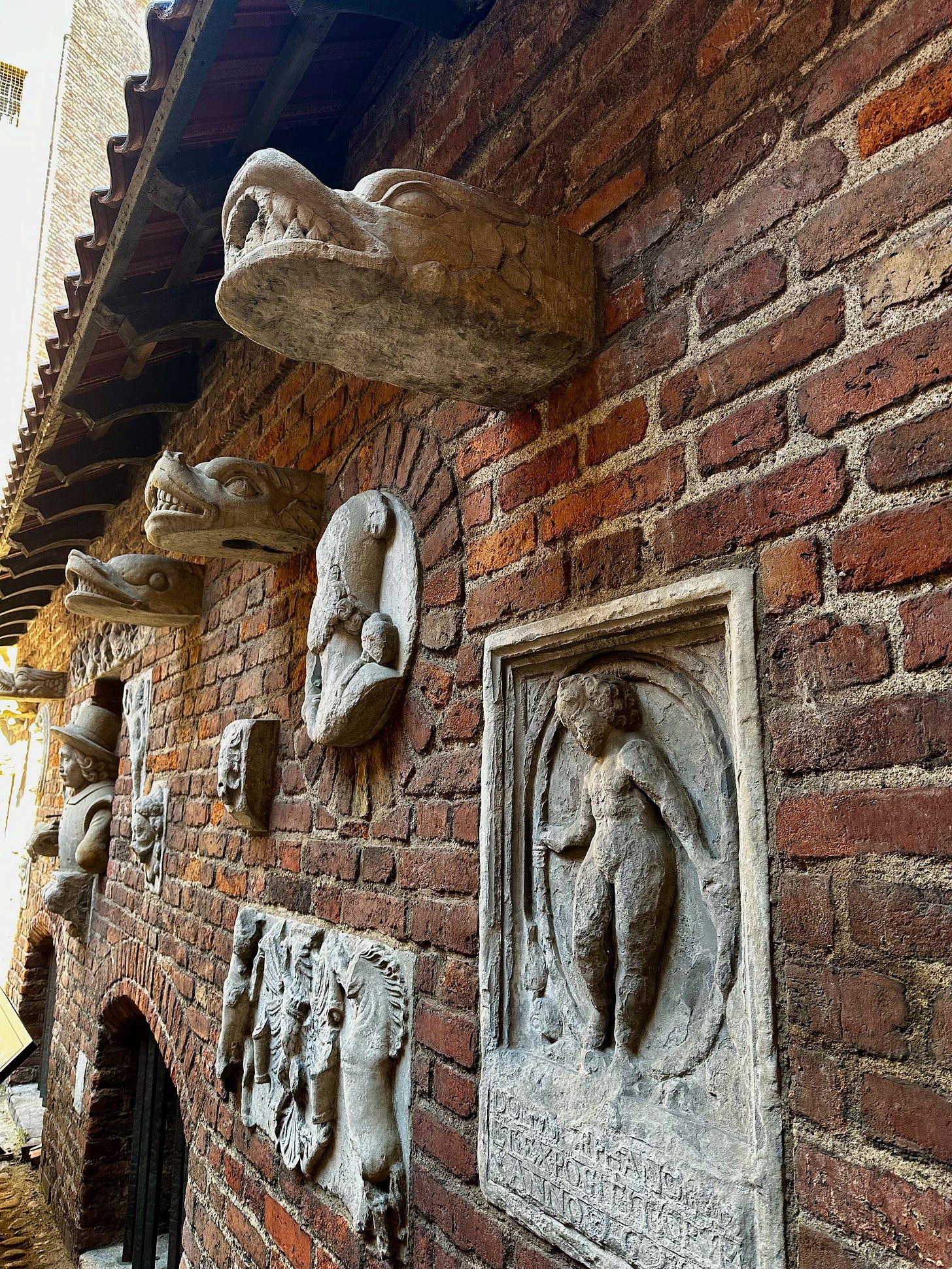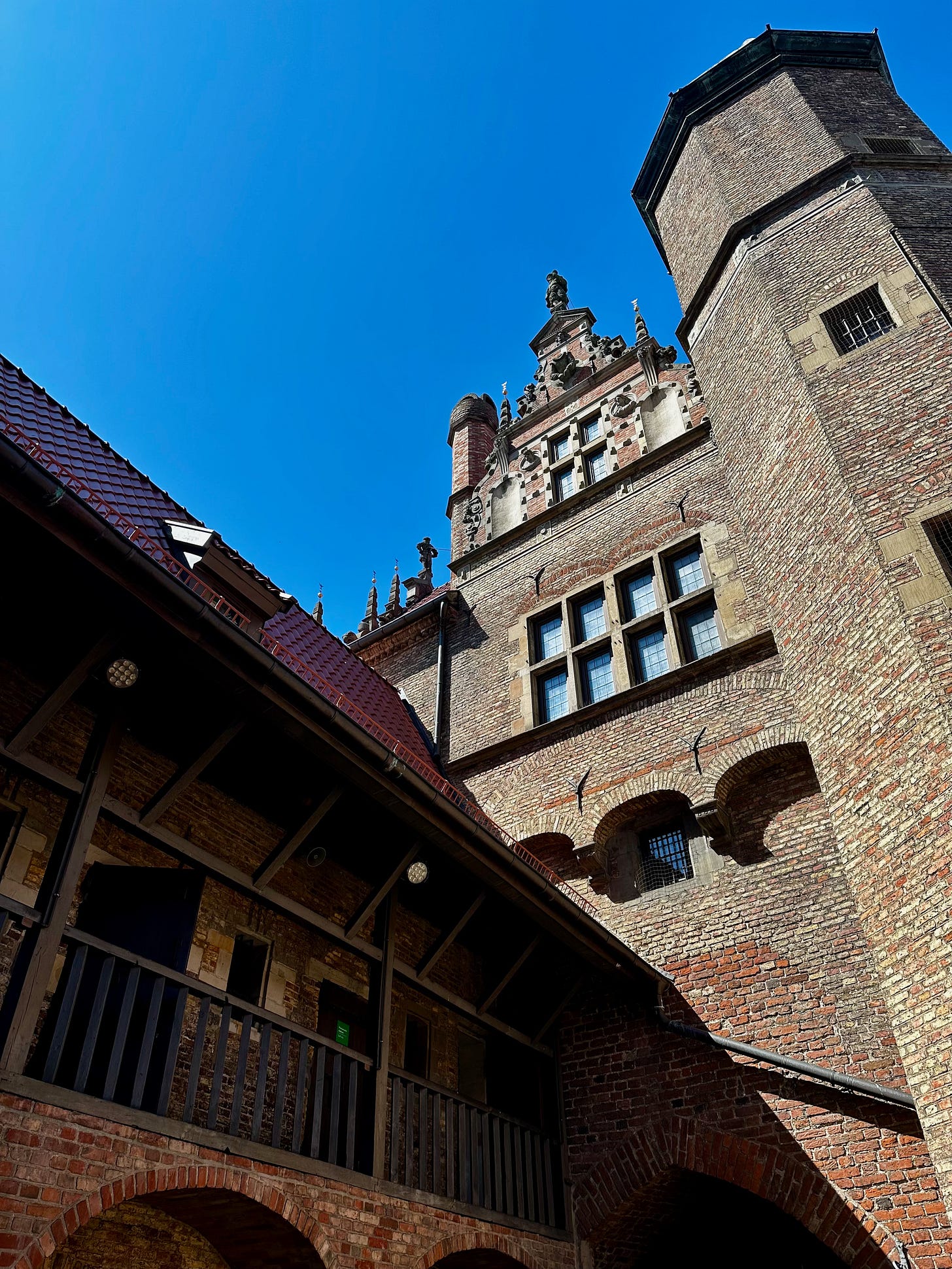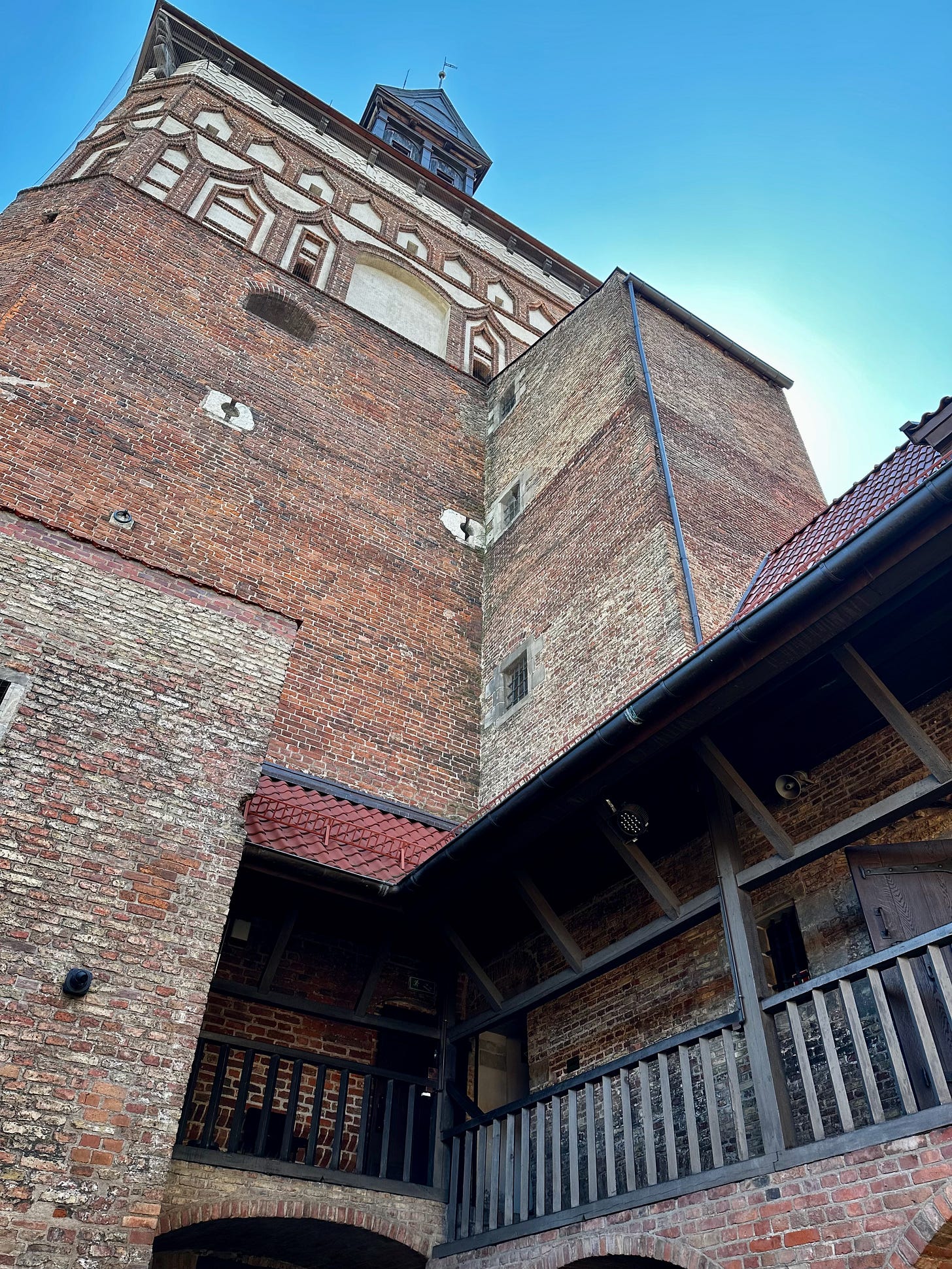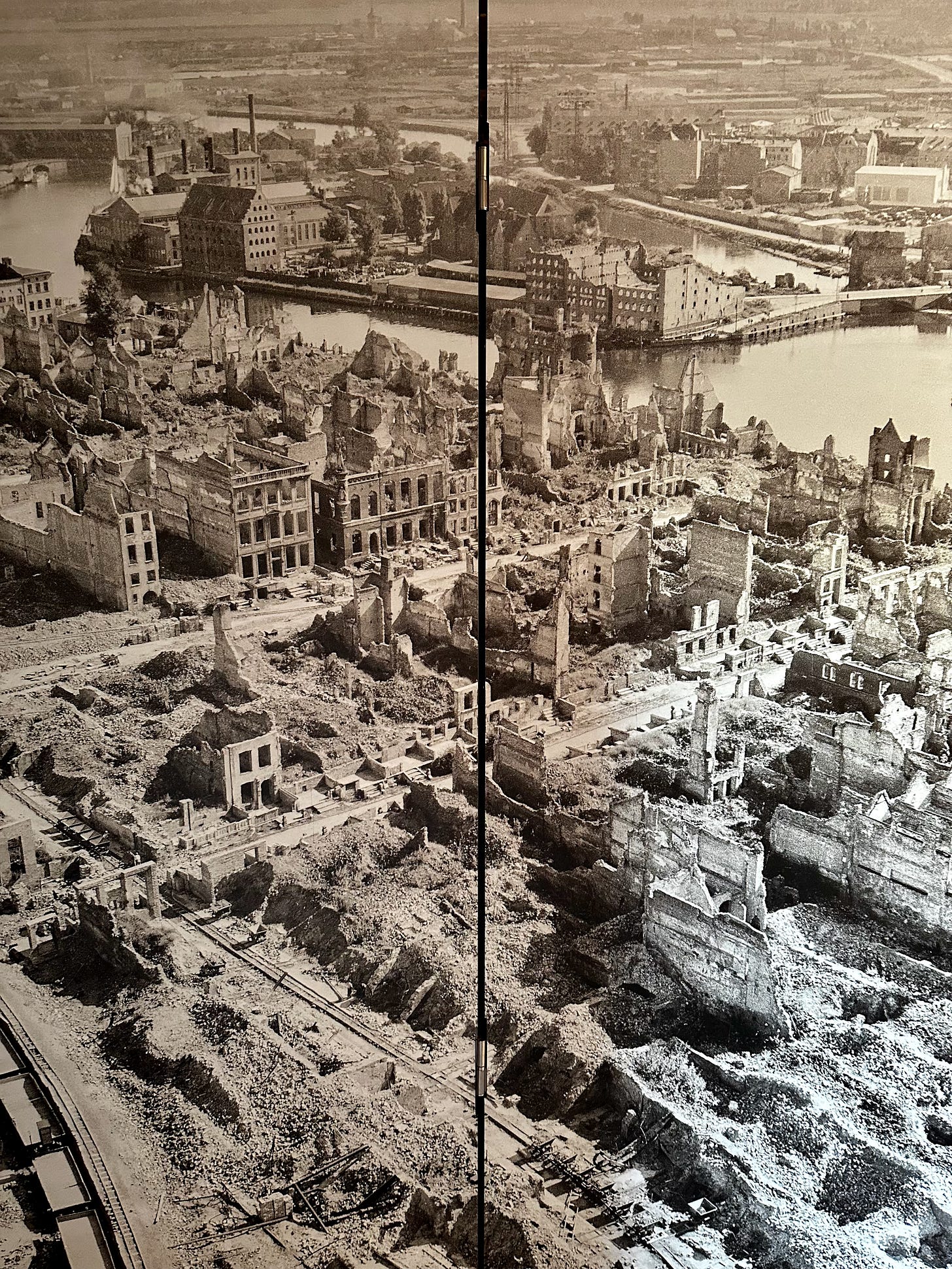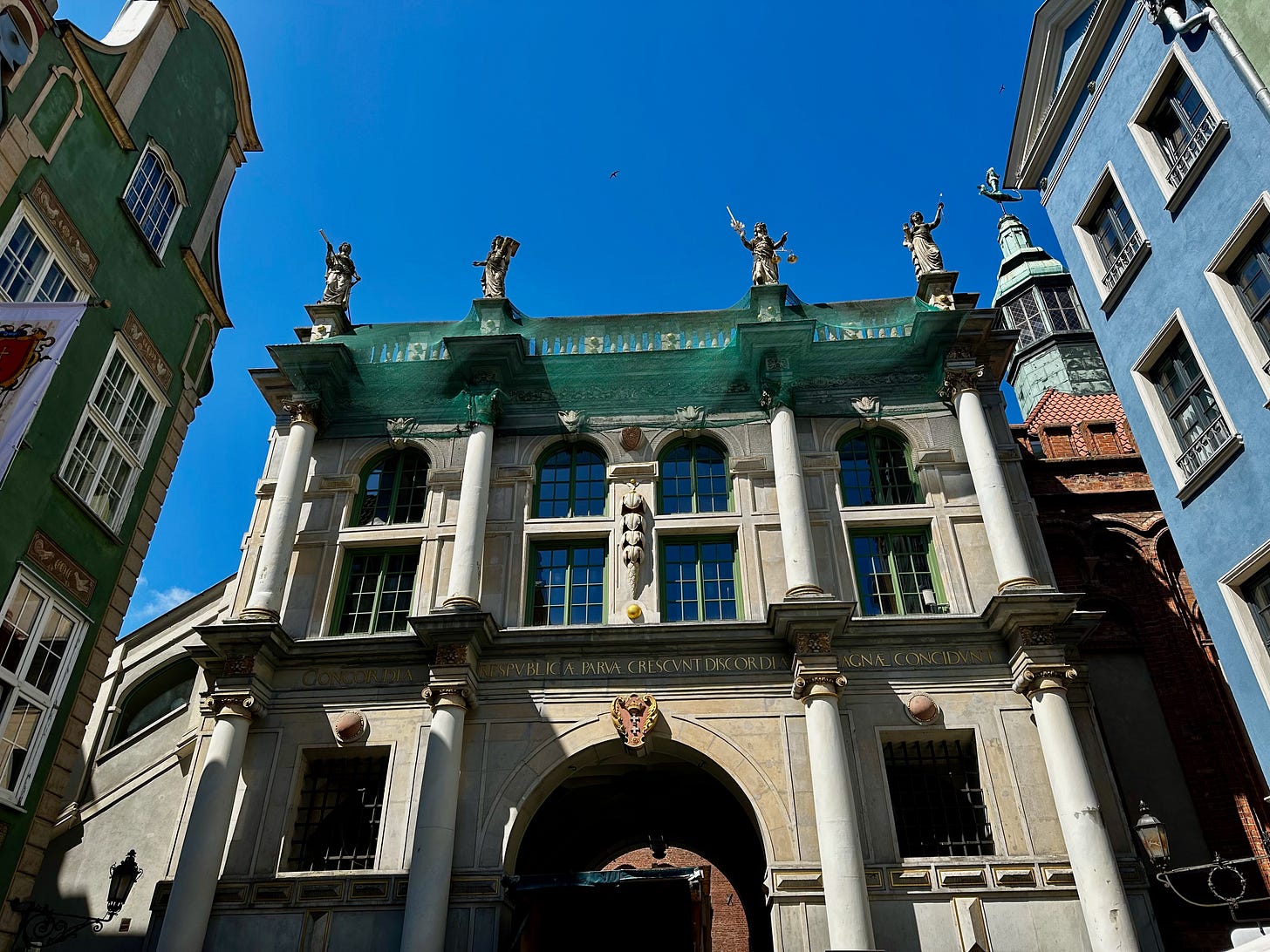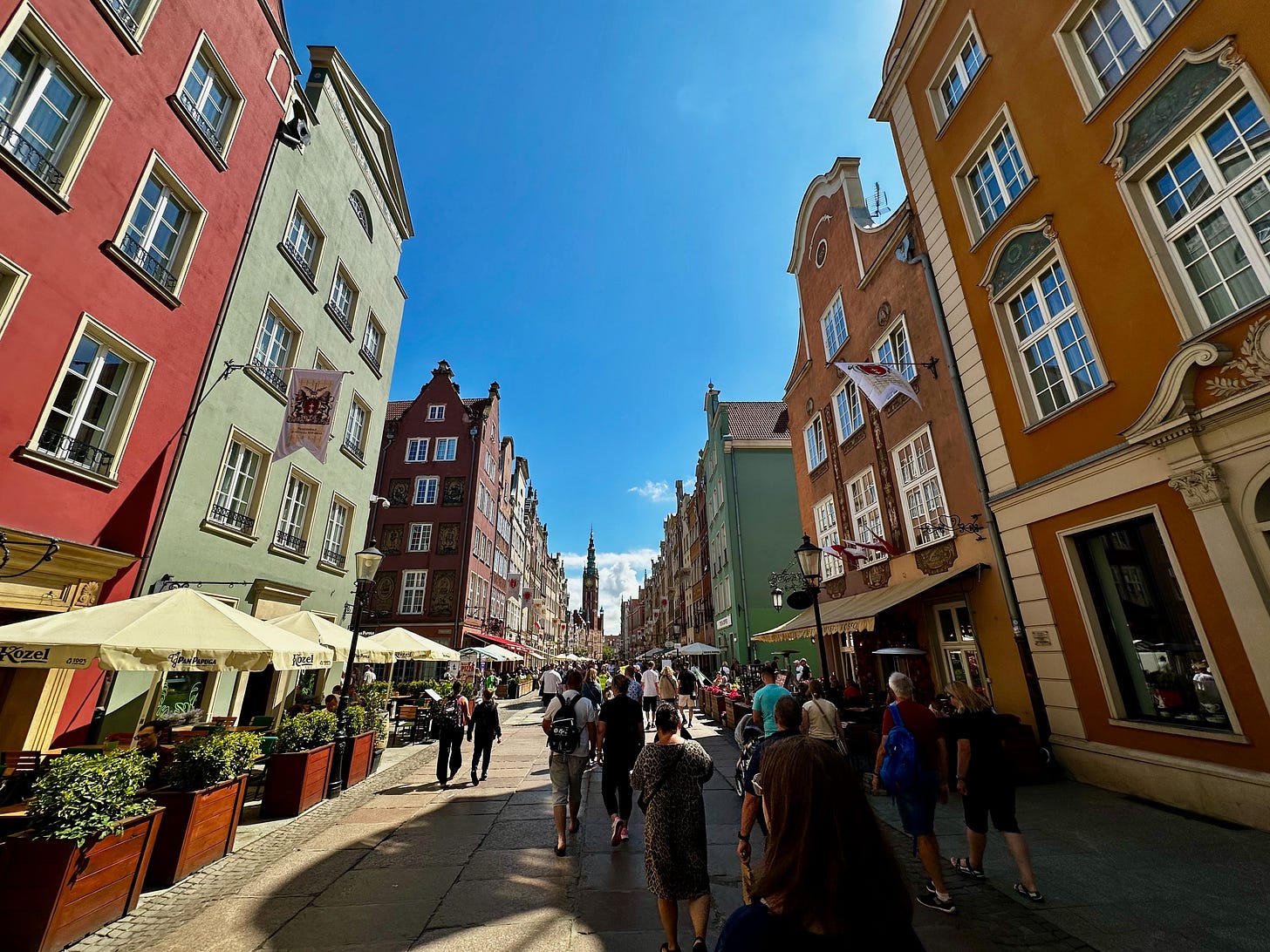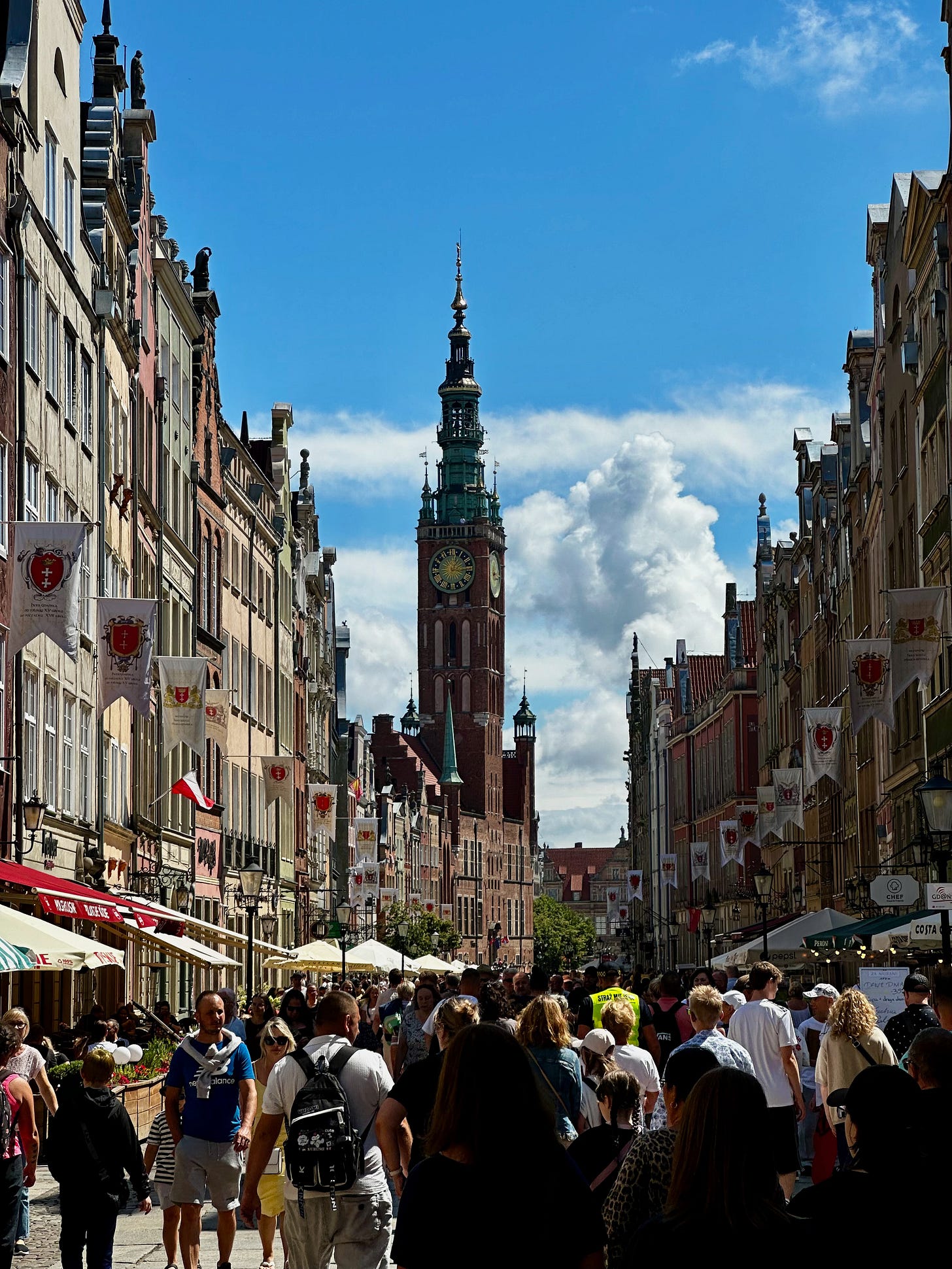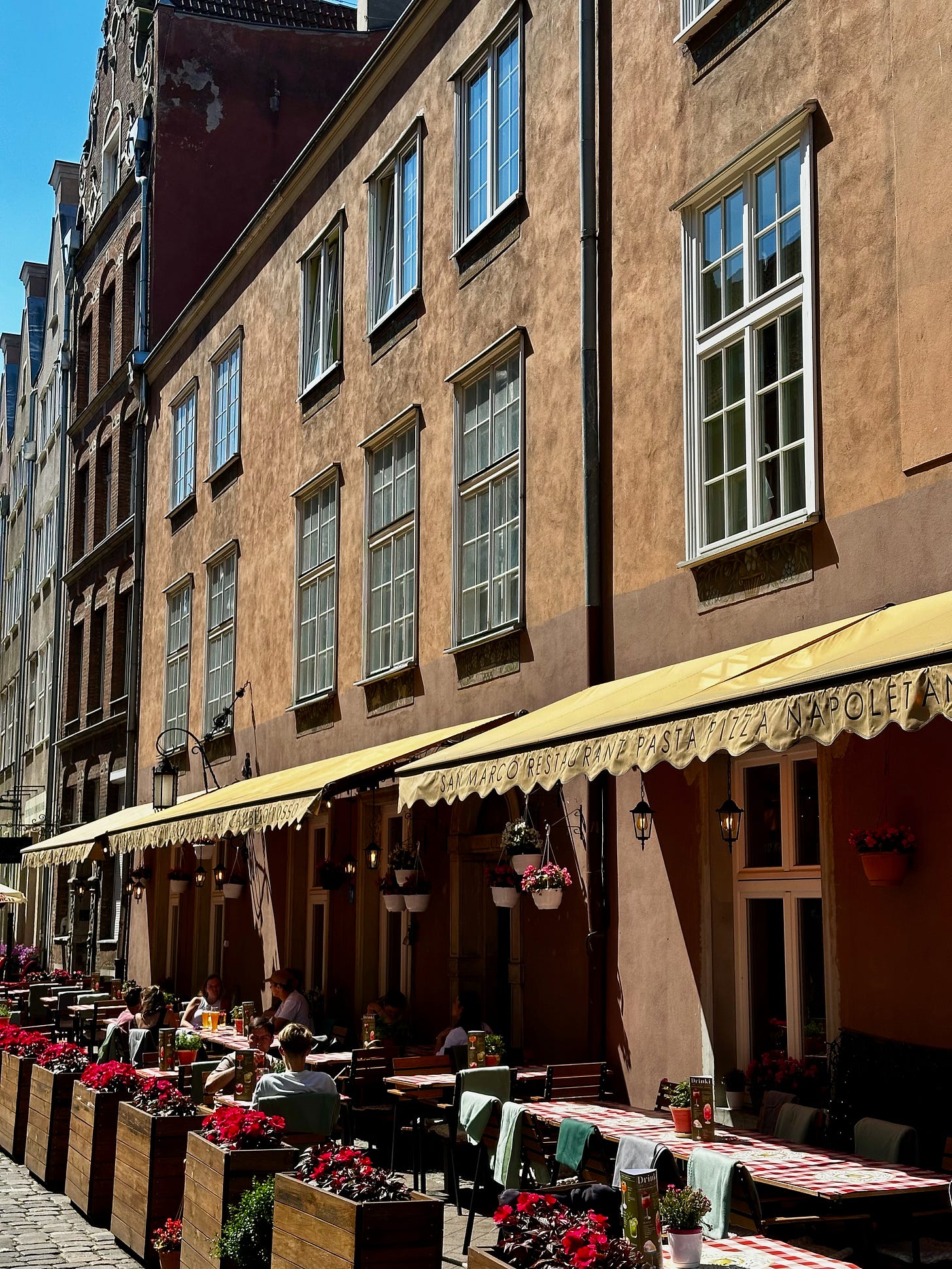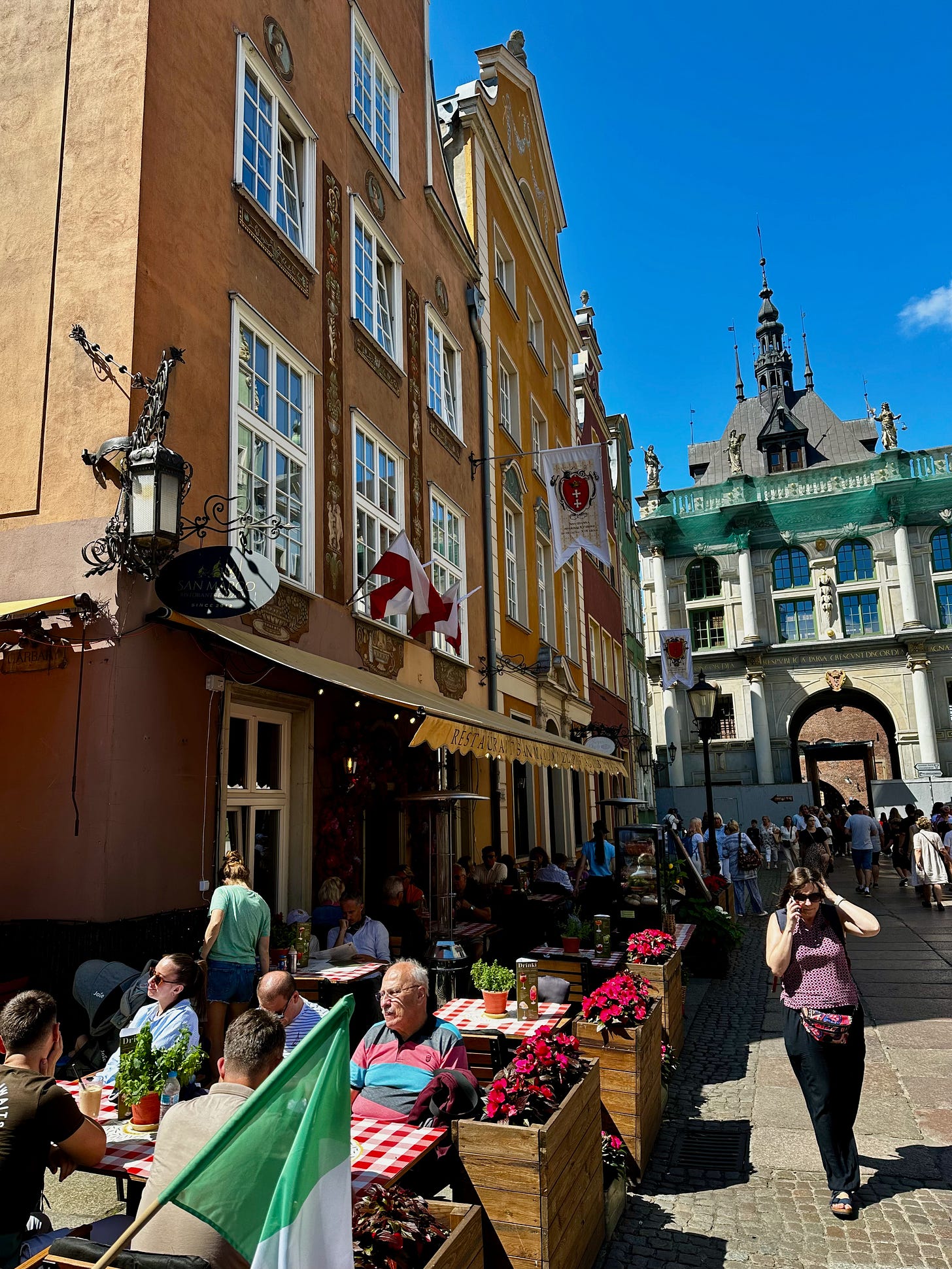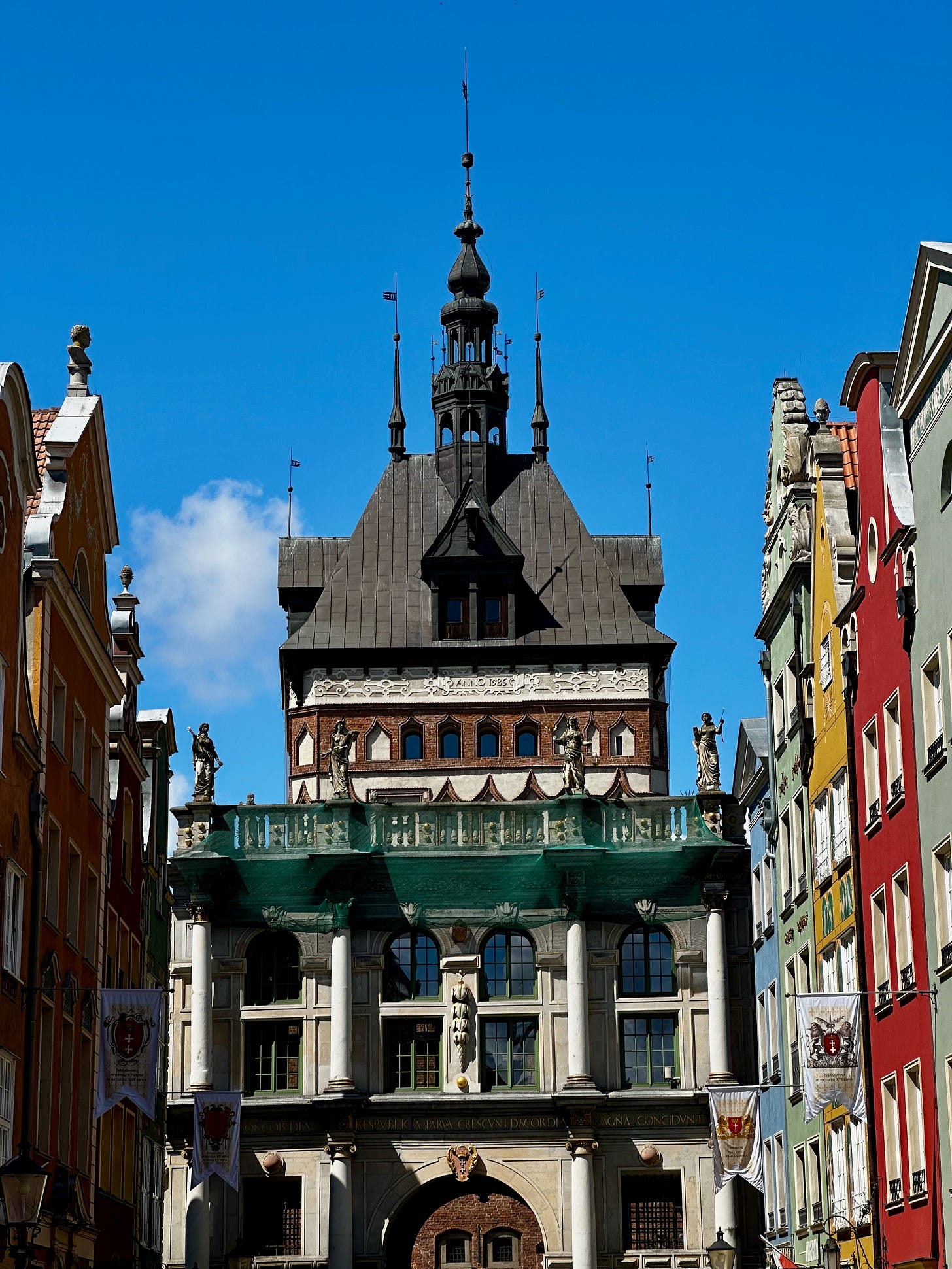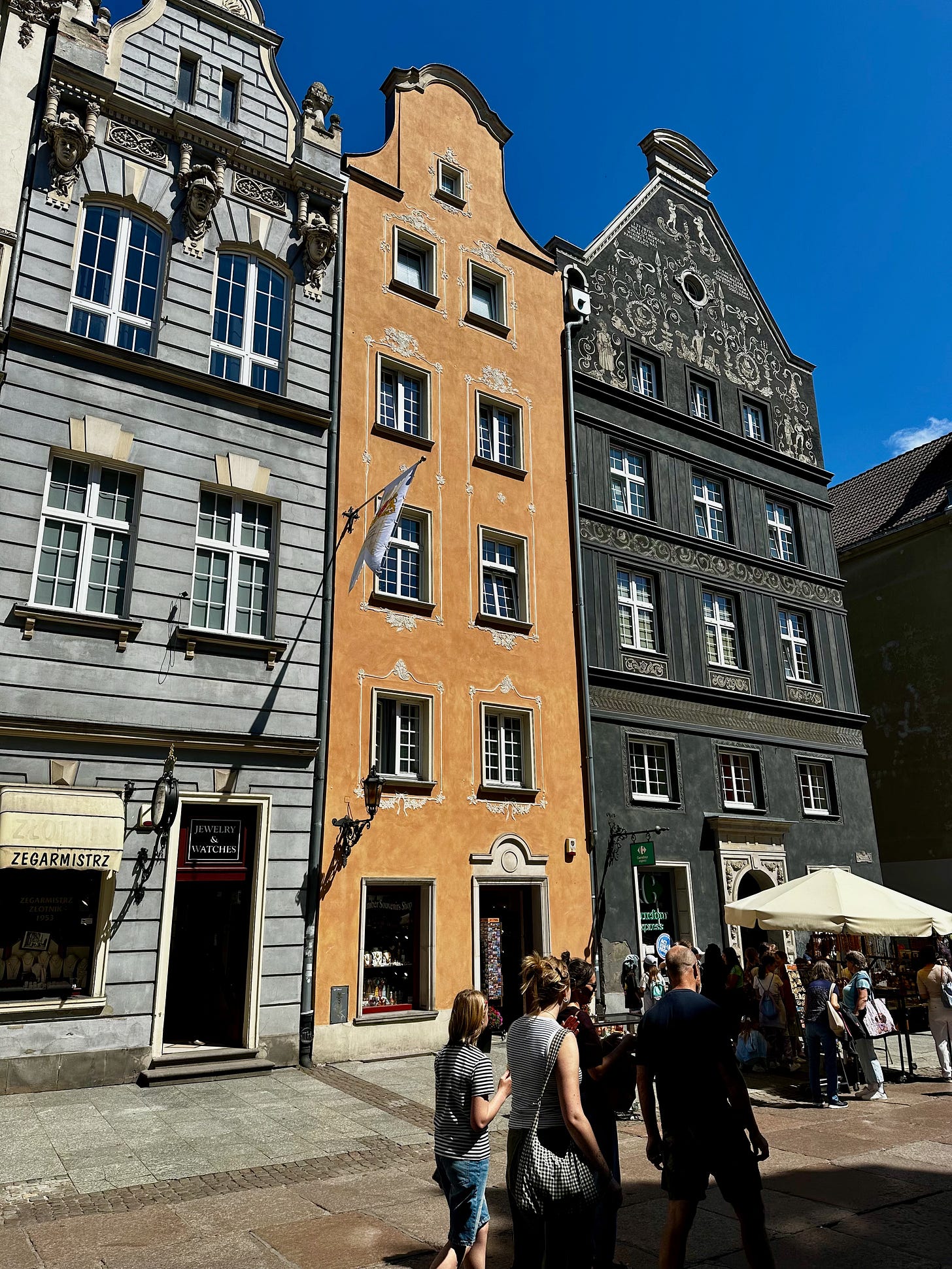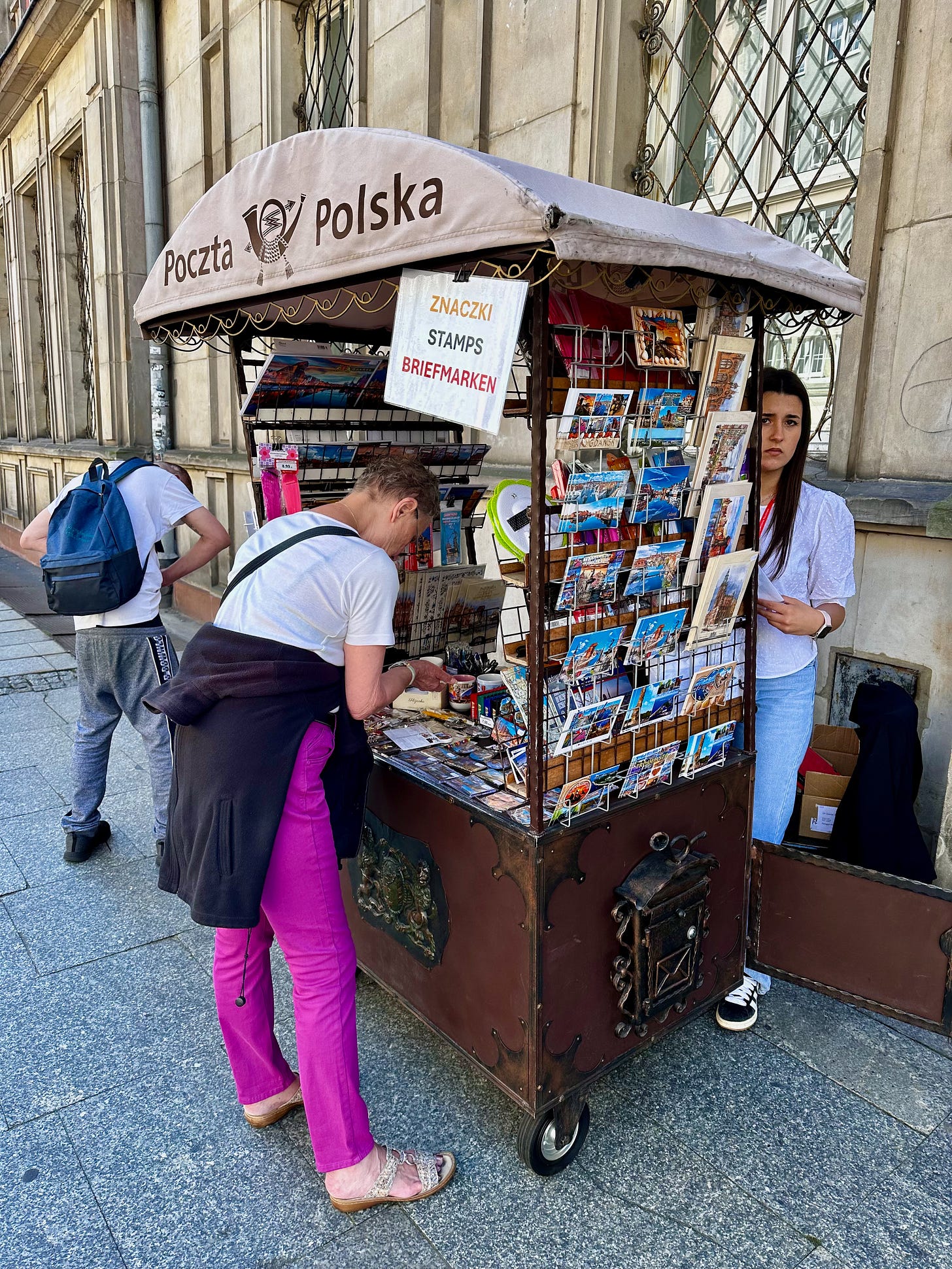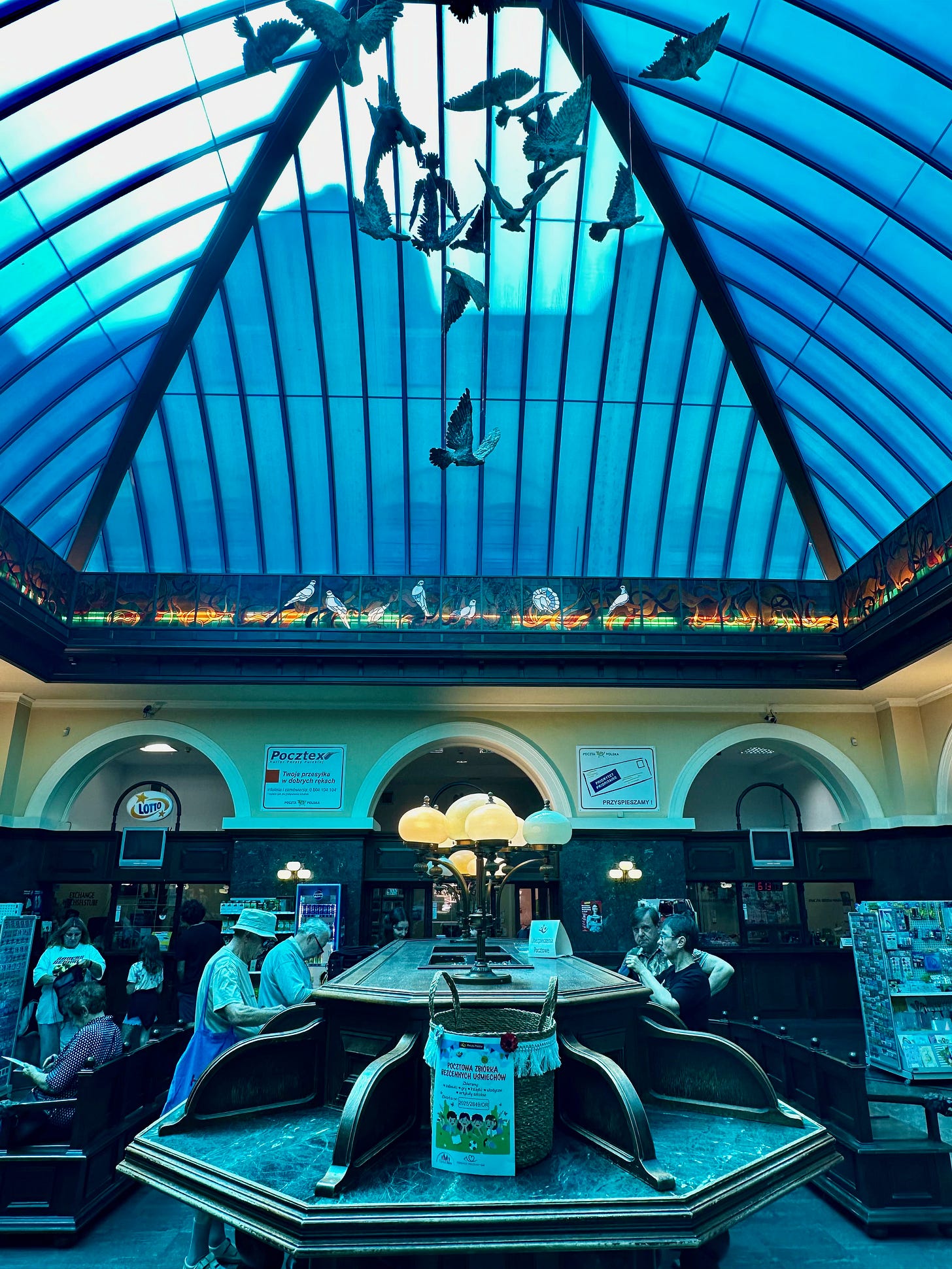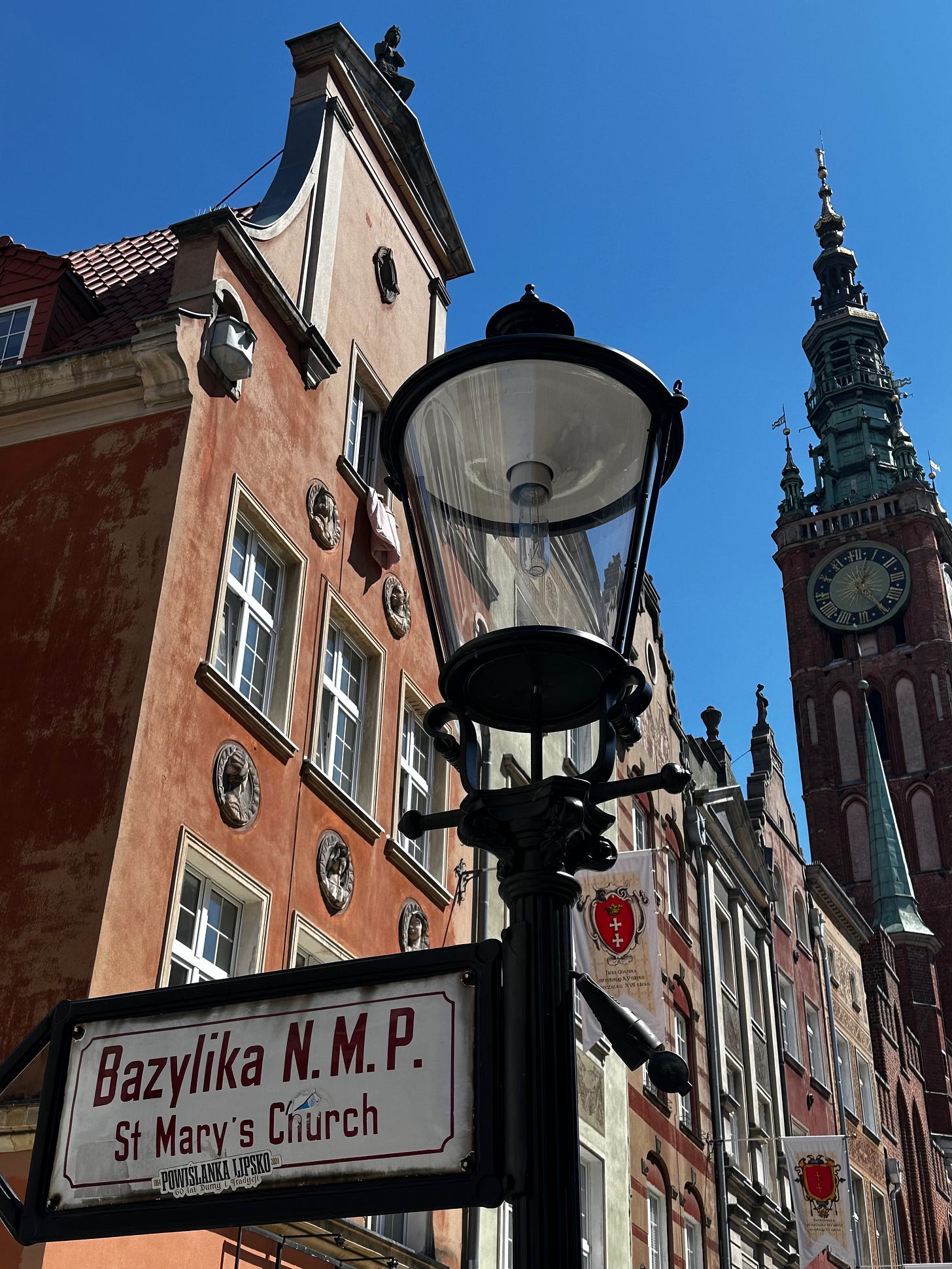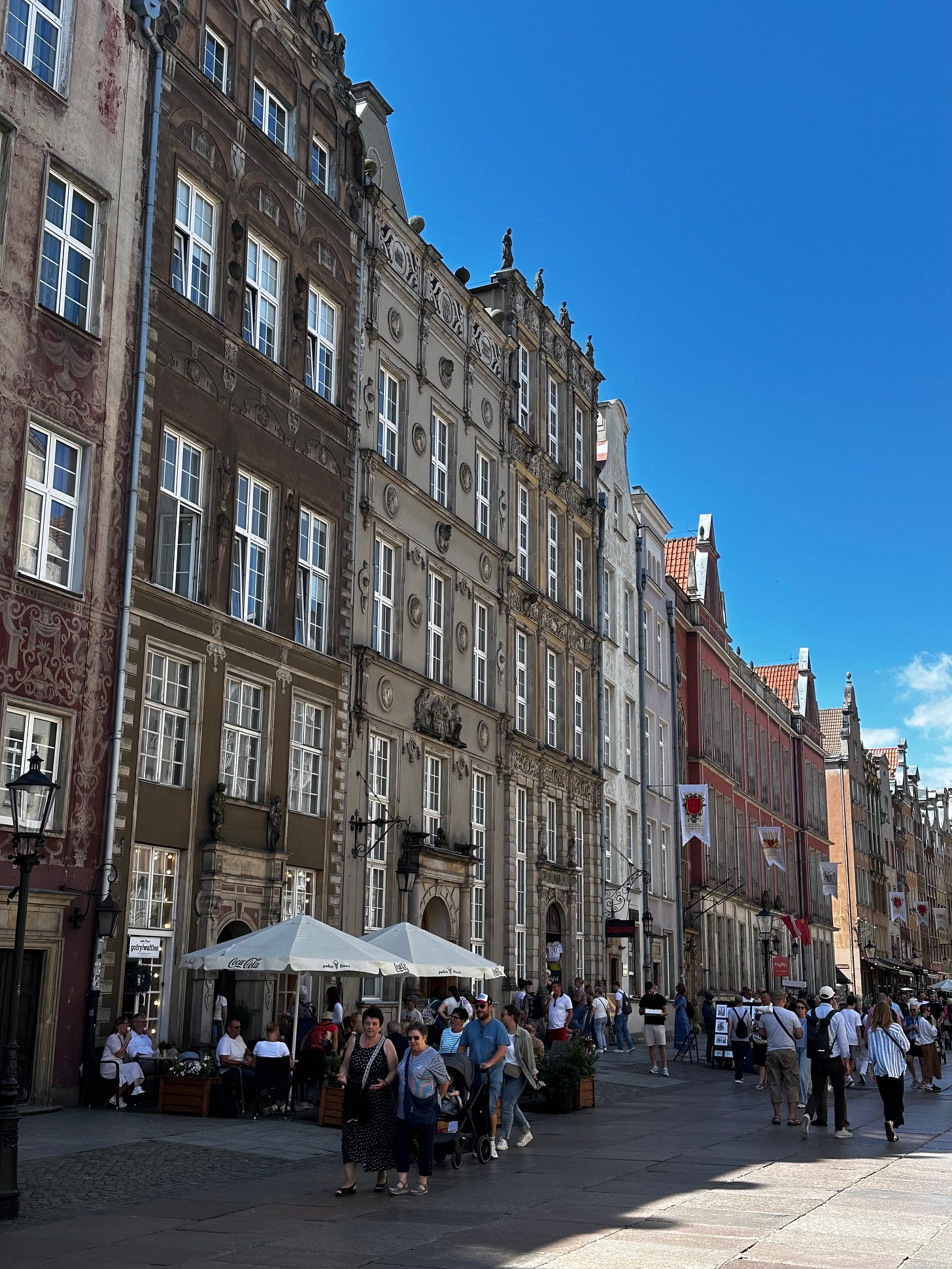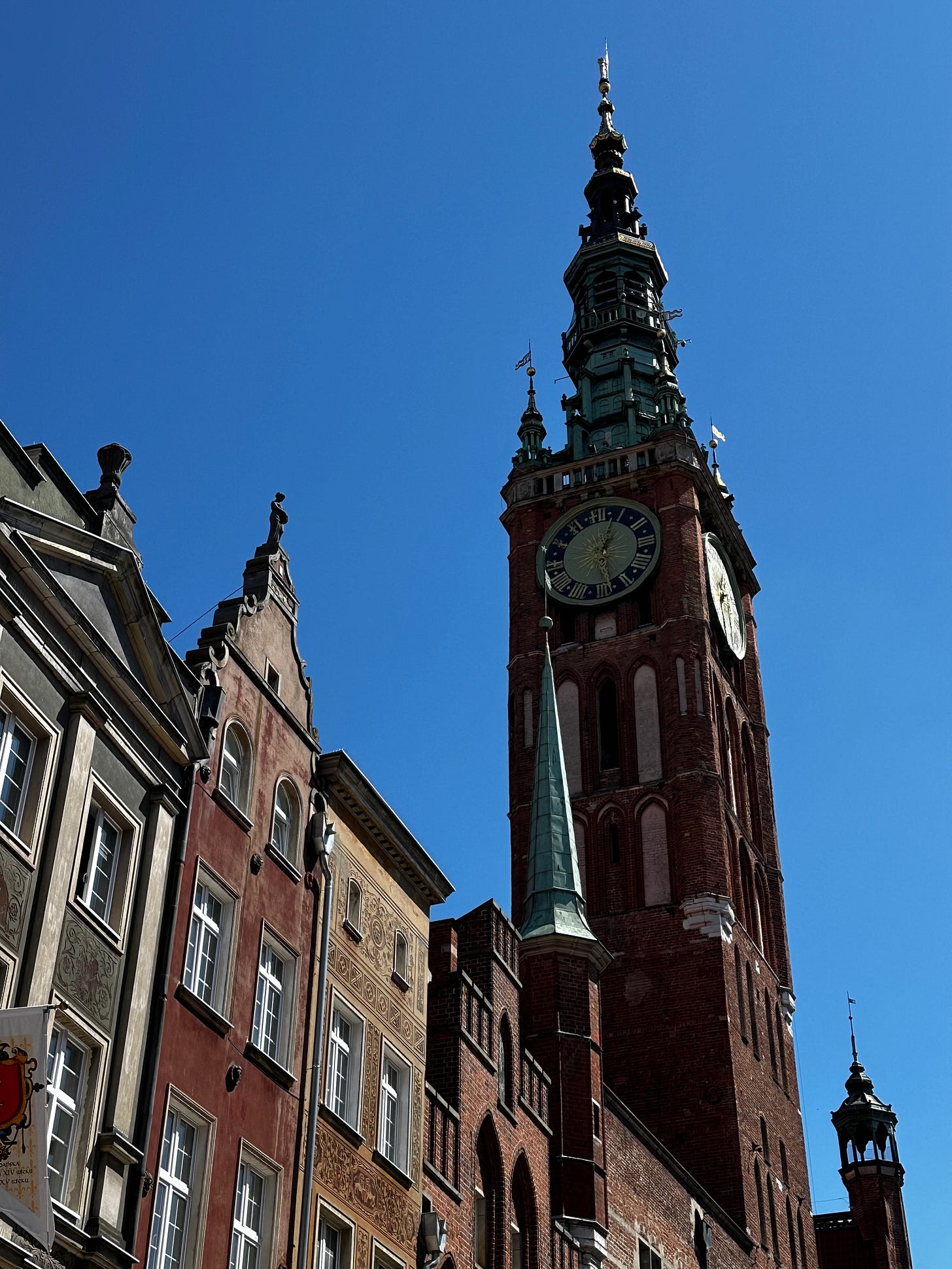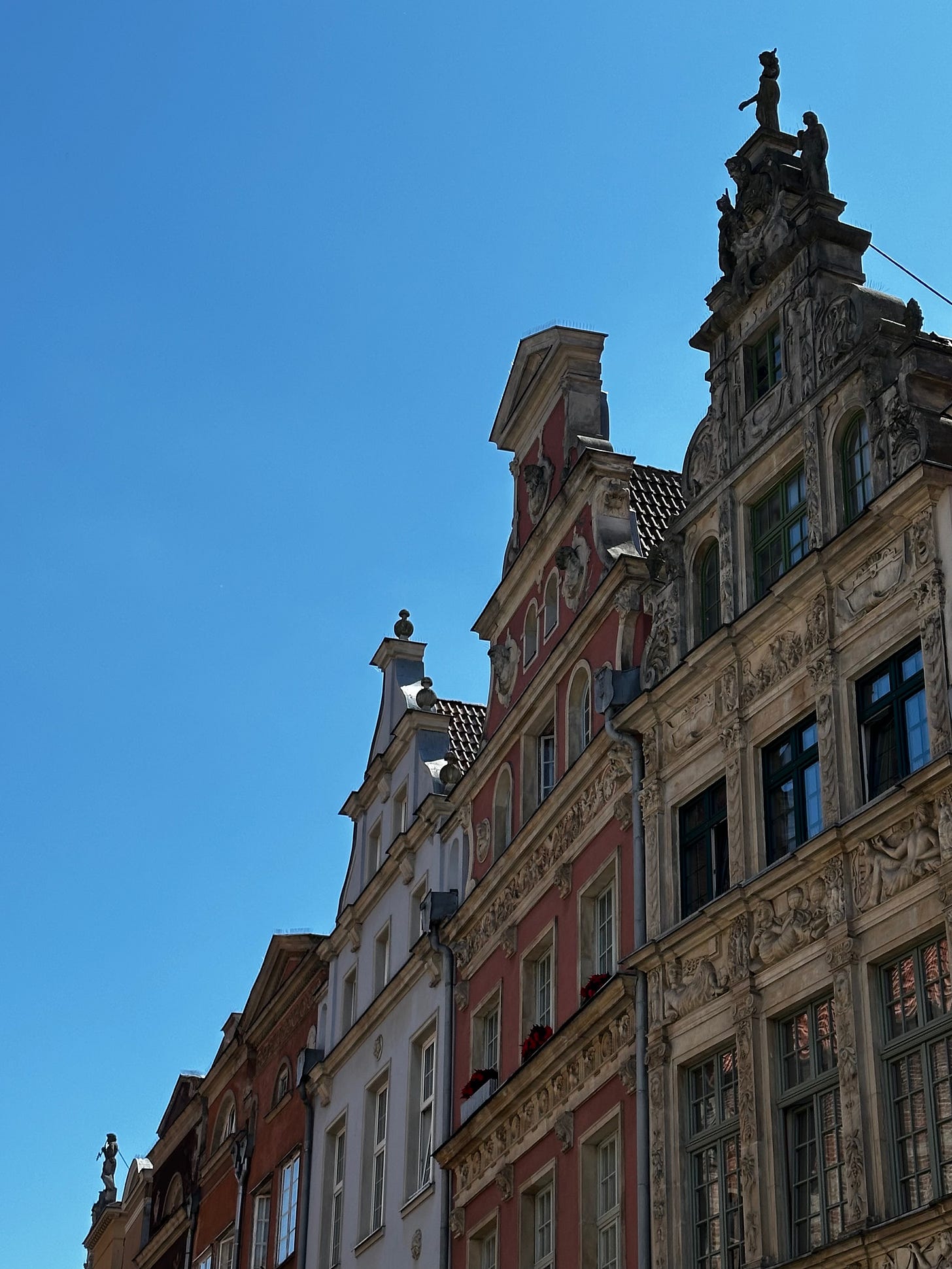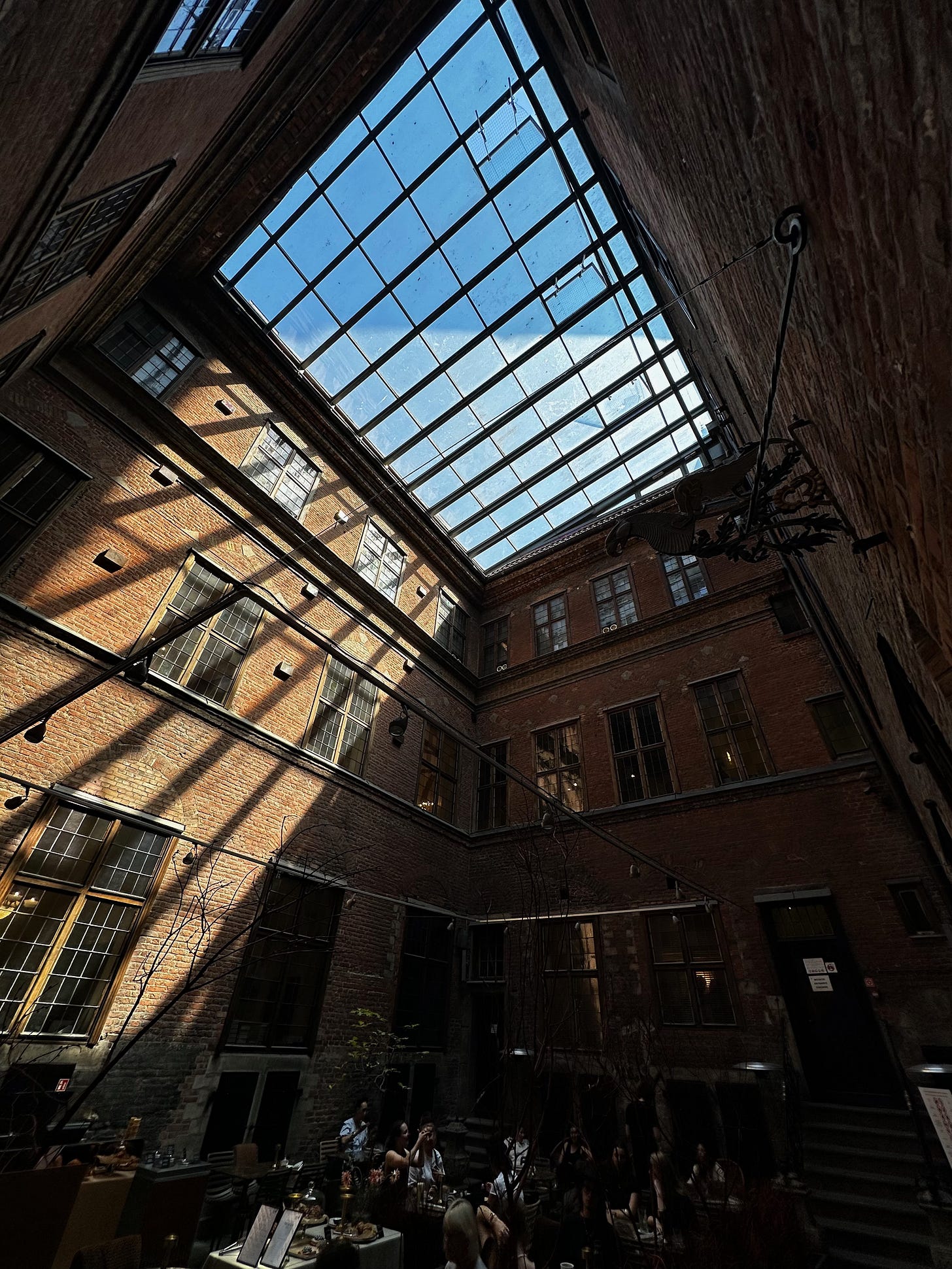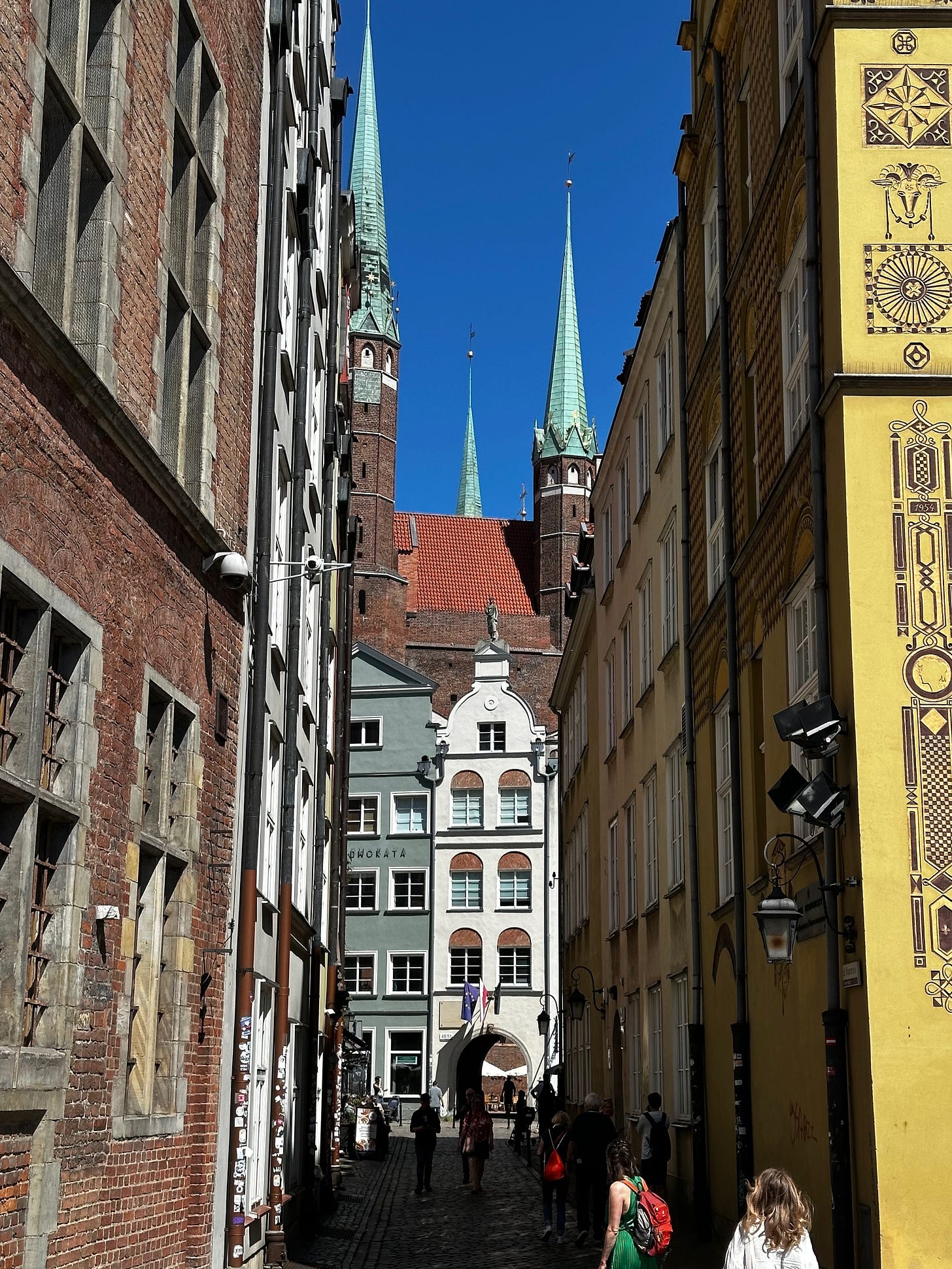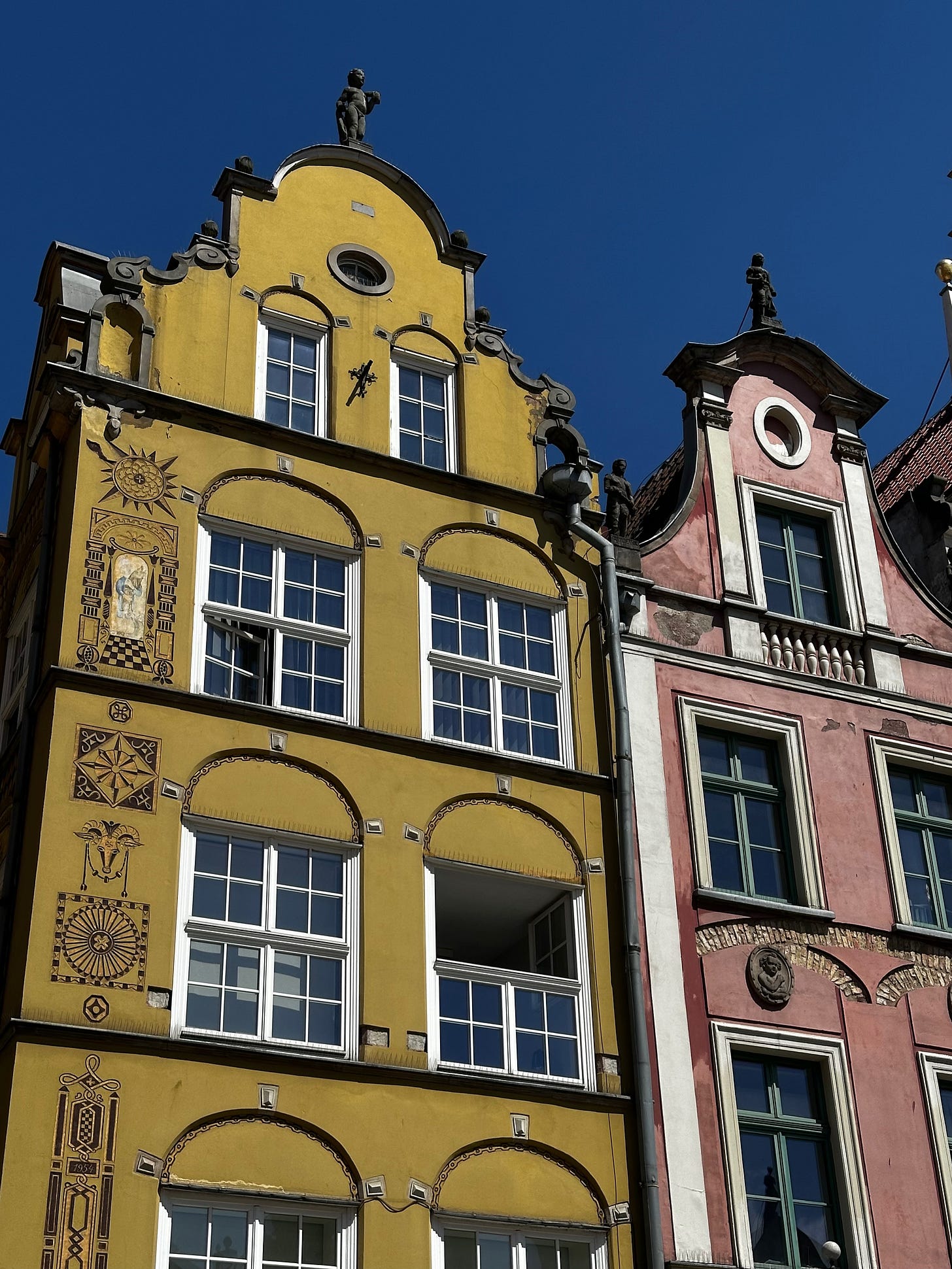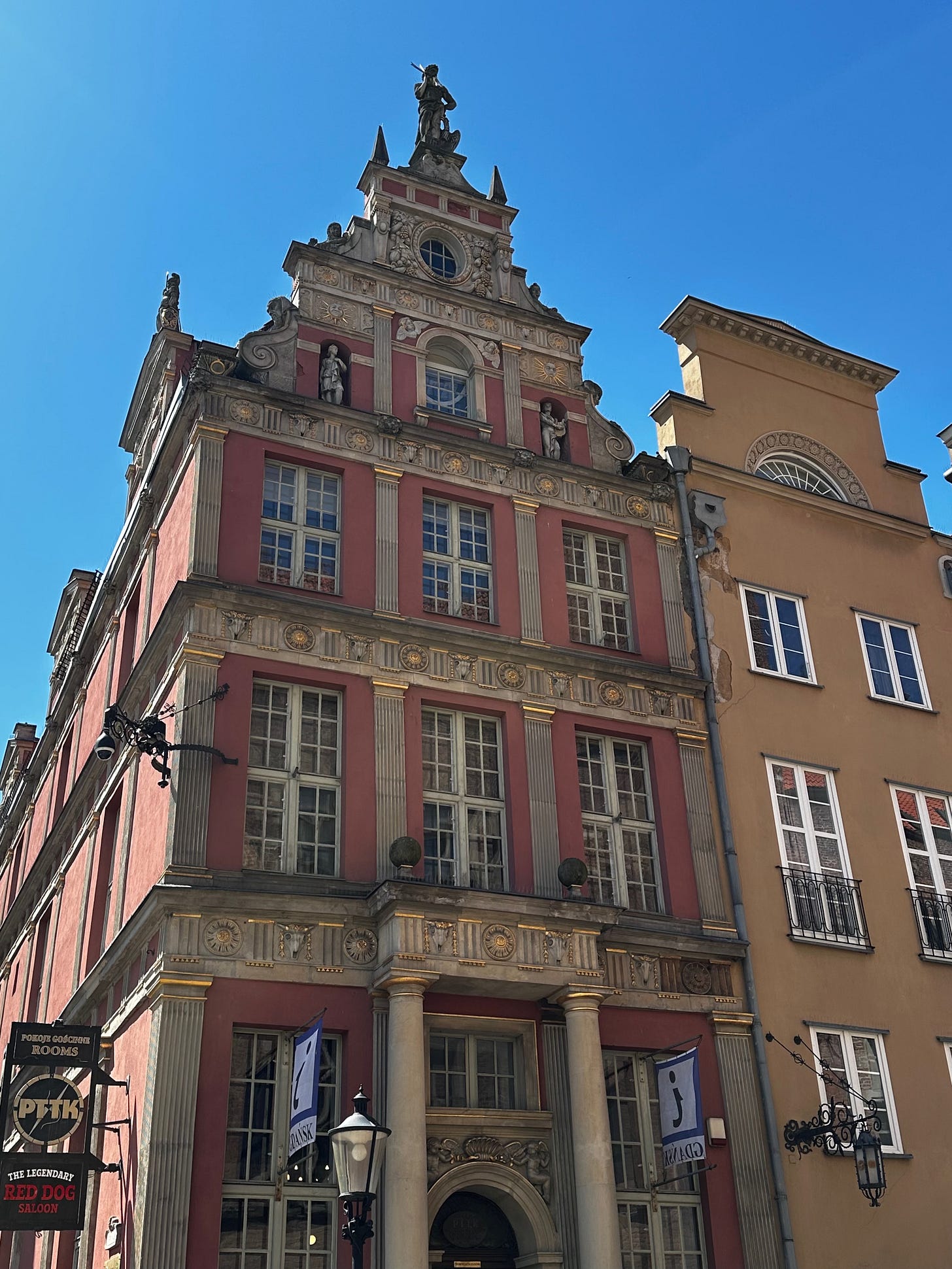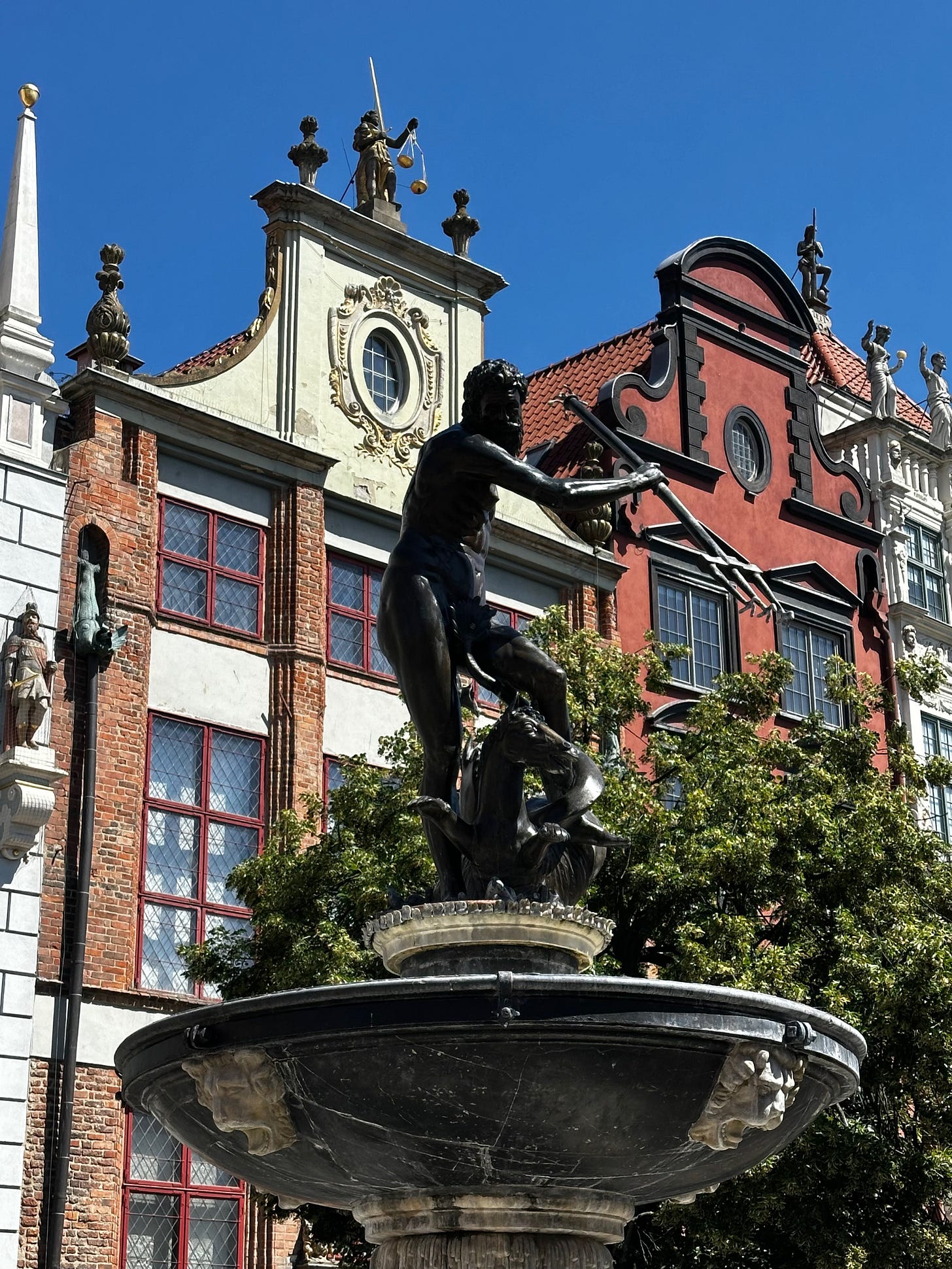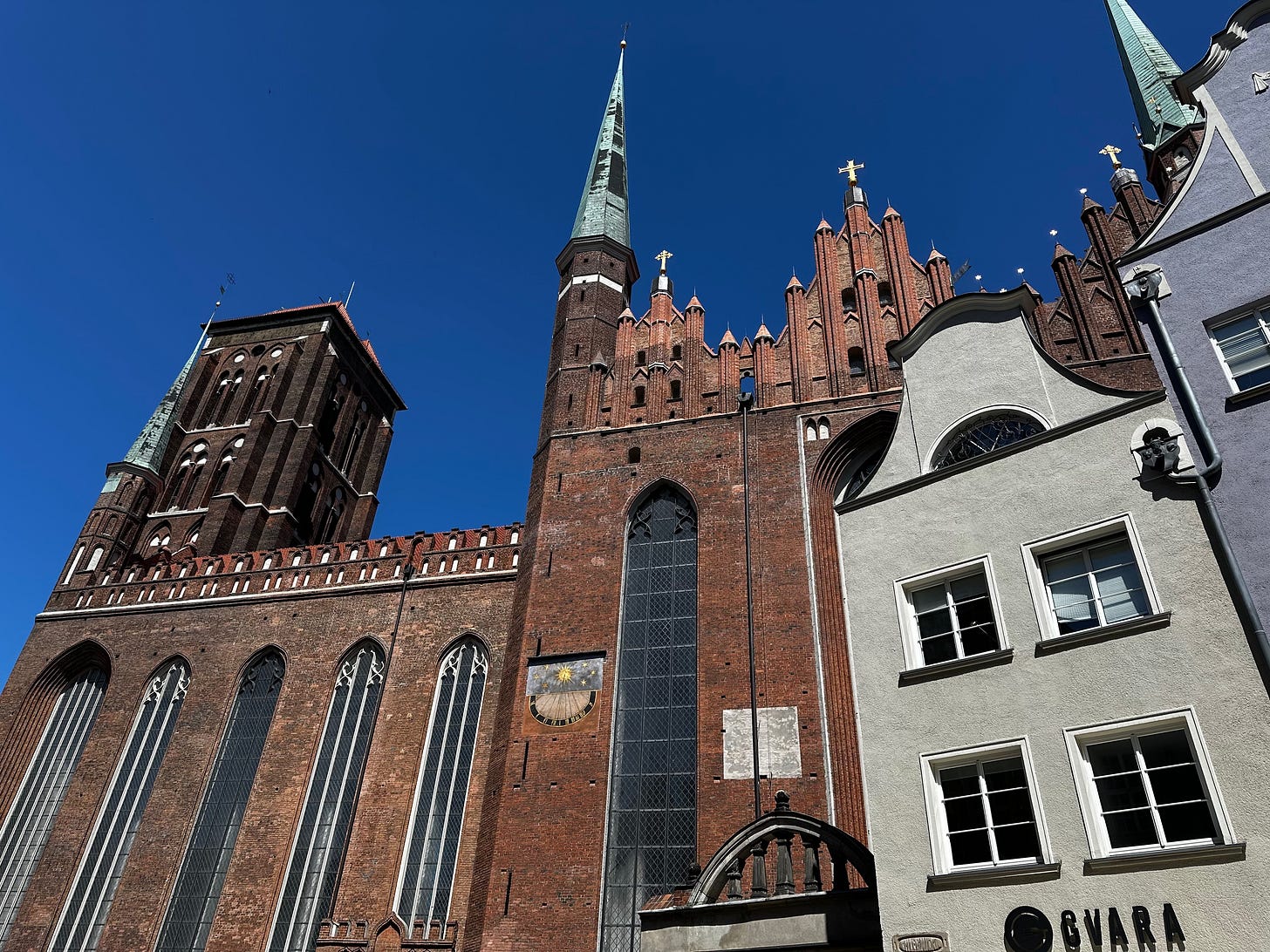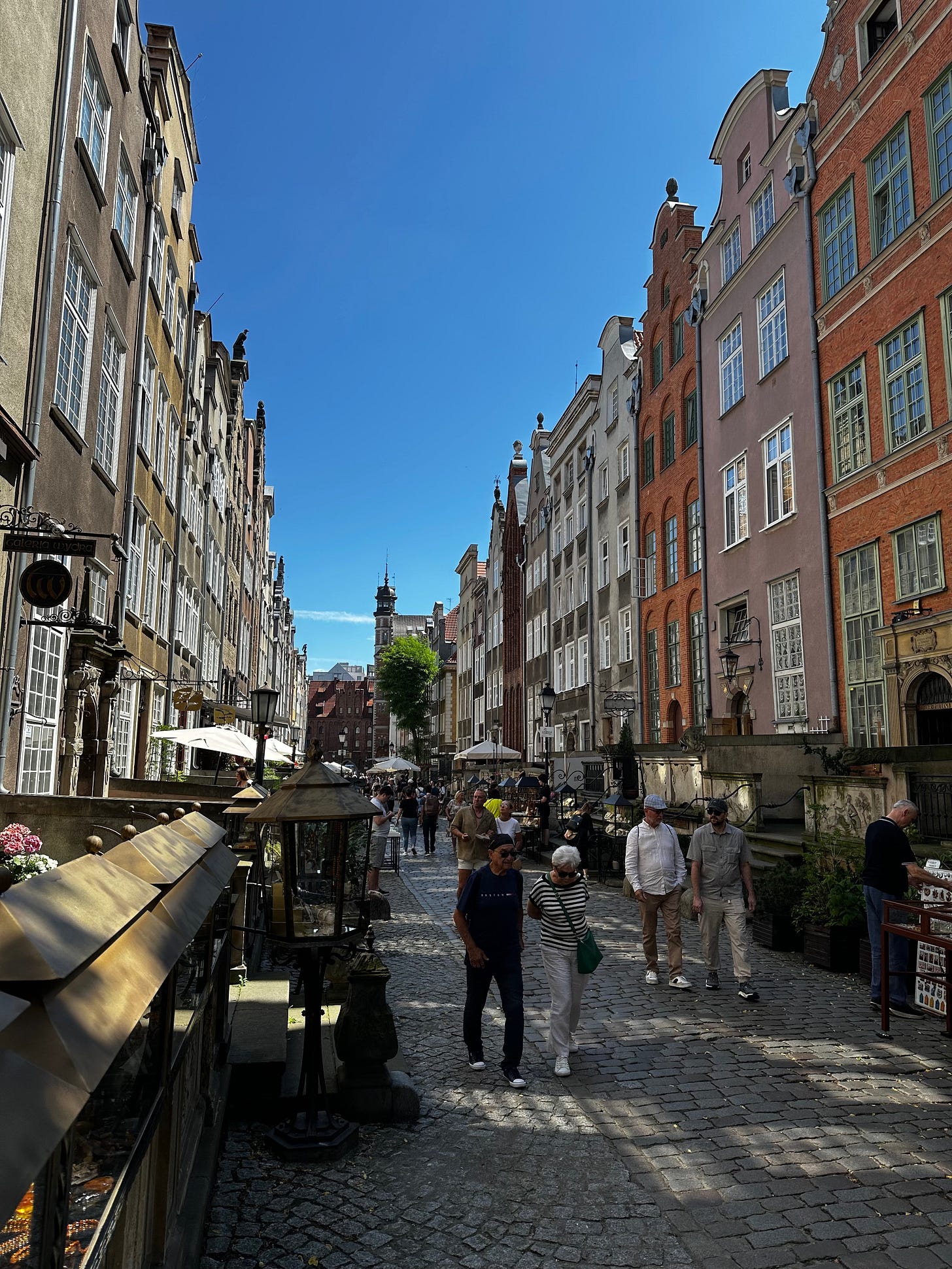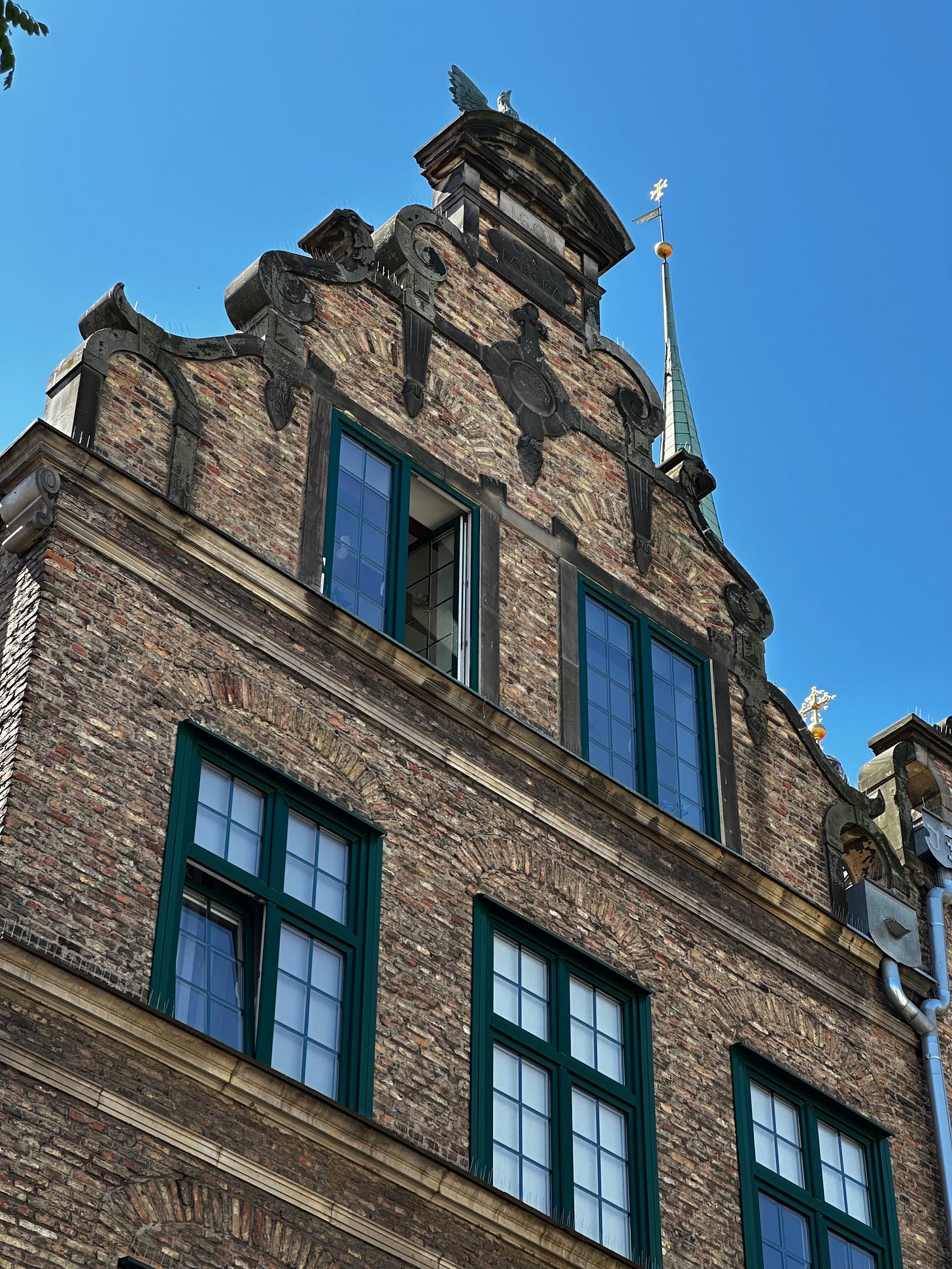Why Gdańsk Deserves a Spot on Your Travel List
A portrait of a destination that is simultaneously rooted in a storied past and vibrantly alive today.
Gdańsk, perched on the southern shore of the Baltic Sea, is a city where history, culture, and natural beauty converge in a way few places can match. While any visitor could spend weeks wandering its streets and still discover new corners, the ten attributes outlined below form a compelling foundation for why Gdańsk should be at the top of your travel bucket list.
From the moment you set foot on Gdańsk’s waterfront, the sea’s influence is unmistakable. For centuries, the city served as a bustling hub of the Hanseatic League, linking Northern Europe’s trade routes and fostering a cosmopolitan spirit that still lingers. This maritime legacy is not merely decorative; it informs the rhythm of daily life—fishermen hauling in fresh catches at dawn, sailors sharing stories over a glass of locally brewed beer, and museums preserving the nautical knowledge that propelled the region into global relevance. Understanding Gdańsk’s seafaring past provides essential context for everything else you’ll encounter, from its architecture to its culinary traditions.
Stepping into Gdańsk’s Old Town feels like opening a living history book. The network of narrow, cobbled lanes winds past meticulously restored merchant houses painted in pastel hues—each façade a testament to the wealth generated by centuries of trade. The squares, especially the iconic Long Market, serve as communal stages where locals gather for coffee, street musicians perform, and tourists pause to absorb the ambience. The preservation efforts here are remarkable; despite wartime devastation, the city painstakingly reconstructed these structures, allowing visitors to experience an authentic glimpse of Renaissance-era urban life.
At the heart of the Old Town lies Long Market, a bustling promenade that stretches from the historic Town Hall to the majestic Neptune Fountain. Flanked by elegant townhouses, boutique shops, and outdoor cafés, the avenue is a microcosm of Gdańsk’s blend of commerce and culture. By day, the market buzzes with shoppers perusing handcrafted amber jewellery and sampling regional delicacies. By night, lanterns cast a warm glow over the pavement, inviting strolls and intimate conversations. The Neptune Fountain itself—an emblem of the city’s deep connection to the sea—offers a perfect photo opportunity and a reminder of Gdańsk’s maritime identity.
Rising majestically over the Motława River, the medieval crane—known locally as Żuraw—is one of the oldest surviving port cranes in Europe. Originally built in the 15th century to lift cargo onto ships, the structure now functions as a museum, allowing visitors to climb its iron framework and view the river from a unique perspective. The crane’s intricate wooden gears and massive winch convey the ingenuity of early engineering, while the panoramic vista from its summit showcases the harmonious juxtaposition of historic warehouses and modern sailboats—a visual narrative of continuity and adaptation.
A short ferry ride across the river brings you to Westerplatte, the small peninsula where the first shots of World War II were fired on September 1, 1939. Today, the site is a solemn memorial park dotted with preserved bunkers, monuments, and informative plaques. Walking among the remnants of fortified walls evokes a profound sense of reflection, reminding visitors of the human cost of conflict while honouring the resilience of those who defended the outpost. Westerplatte stands as both a historical lesson and a place of contemplation, underscoring Gdańsk’s role in shaping global events.
Just a stone’s throw from the former shipyards, the Solidarity Museum offers an immersive journey through the labour movement that toppled a regime. Using multimedia displays, personal testimonies, and reconstructed workspaces, the museum chronicles how shipyard workers, led by Lech Wałęsa, organised strikes that ignited a wave of democratic change across Eastern Europe. Visitors leave with a deeper appreciation for the power of collective action and the courage of ordinary citizens who dared to challenge oppression. The museum’s interactive format makes complex political history accessible and emotionally resonant.
Adjacent to the museum, the European Solidarity Centre stands as a striking example of contemporary architecture blended with symbolic design. Its angular, glass‑clad exterior reflects the surrounding river, while interior exhibition halls trace the evolution of the Solidarity movement from its humble beginnings to its lasting impact on European integration. The centre also hosts cultural events, workshops, and conferences, positioning Gdańsk as an ongoing hub for dialogue on human rights and social justice. Its presence reinforces the city’s identity as a beacon of freedom and progressive thought.
For centuries, the Baltic Sea’s shoreline has yielded amber, fossilised tree resin prized for its warm hue and mystical qualities. Gdańsk proudly brands itself as the amber capital of the world, and the city’s numerous amber workshops allow visitors to watch artisans shape raw pieces into jewellery, ornaments, and even musical instruments. Shopping for amber here isn’t just a souvenir purchase; it’s participation in a centuries‑old craft that connects the region’s natural resources with its cultural heritage. Whether you acquire a delicate pendant or simply admire the polished stones, amber serves as a tangible reminder of Gdańsk’s enduring bond with the sea.
Nestled near the historic shipyards, the Maritime Museum offers a comprehensive look at Poland’s seafaring legacy. Exhibits range from scale models of historic vessels to actual ships docked alongside the museum, such as the famed “Dar Pomorza,” a fully restored tall ship used for training cadets. Interactive displays teach visitors about navigation, shipbuilding techniques, and the lives of sailors who braved the unpredictable Baltic waters. The museum’s educational programs cater to all ages, making it an ideal stop for families seeking both entertainment and insight.
Beyond its preserved historic districts, Gdańsk thrives as a canvas for contemporary artistic expression. Colourful murals adorn the sides of industrial buildings, bridges, and alleyways, transforming the cityscape into a dynamic, ever‑changing gallery. These works often celebrate local legends, commemorate historical events, or comment on modern societal issues, providing a dialogue between past and present. Exploring the murals on foot invites spontaneous discovery—each turn reveals a new visual story, encouraging travellers to engage with the city’s creative pulse and appreciate the ways residents reinterpret their shared environment.
Having already delved into Gdańsk’s maritime roots, historic core, and the powerful symbols of resistance that define its modern identity, we now turn to the next set of attractions that round out the city’s allure. Each of these elements adds texture to the visitor experience—whether through flavour, rhythm, relaxation, or intellectual curiosity. Below is an essay‑style expansion of points 11 through 20, illustrating why they deserve a place on any itinerary.
Keep reading with a 7-day free trial
Subscribe to TravelEssayist.com to keep reading this post and get 7 days of free access to the full post archives.



